In 2001, Harlem was a neighborhood full of life and change. It was a year marked by significant events, community efforts, and cultural vibrancy.
One of the notable events in 2001 was the opening of the Harlem Grill. This new restaurant quickly became a favorite spot for locals and visitors. It offered a blend of traditional soul food and modern American cuisine. The Harlem Grill was more than just a place to eat; it was a gathering spot where people enjoyed good food and lively conversations.
In June 2001, the Studio Museum in Harlem featured an exhibition called “Freestyle.” This exhibit showcased the work of twenty-eight young African American artists. It was an important event that highlighted new trends in contemporary art. The exhibit attracted art lovers from all over the city and helped boost Harlem’s reputation as a center for cultural innovation..
Read more
The Harlem Book Fair took place in July 2001. This annual event brought together authors, readers, and publishers. Held on West 135th Street, the fair featured book signings, panel discussions, and storytelling sessions. It was a celebration of African American literature and provided a platform for both established and emerging writers.
Education remained a focus in Harlem. The Harlem Children’s Zone expanded its programs in 2001, offering more services to children and families. These programs included after-school tutoring, early childhood education, and college preparation courses. The goal was to provide comprehensive support to help young people succeed.
Harlem’s food scene continued to thrive. Soul food restaurants, like Sylvia’s and Amy Ruth’s, were as popular as ever. These eateries offered traditional dishes and a sense of community. In 2001, new restaurants also opened, bringing diverse culinary options to the neighborhood.
Local markets were bustling in 2001. The Malcolm Shabazz Harlem Market, located on West 116th Street, was a popular destination. Vendors sold a variety of goods including clothing, jewelry, and African crafts. The market was a vibrant spot where people shopped and socialized.
The National Action Network, led by Reverend Al Sharpton, remained active in Harlem in 2001. The organization focused on civil rights issues and community advocacy. It hosted events and rallies to address concerns such as police brutality and economic inequality.
In November 2001, the Greater Harlem Chamber of Commerce hosted the annual Harlem Holiday Lights event. This celebration marked the beginning of the holiday season with a festive lighting ceremony on 125th Street. The event included live music, performances, and activities for children, creating a joyful atmosphere in the neighborhood.
Harlem’s parks were important community spaces in 2001. The Marcus Garvey Park, for example, was a popular spot for families and individuals. The park hosted various events throughout the year, including concerts and cultural festivals. It provided a green oasis in the middle of the bustling neighborhood.
In December 2001, the Schomburg Center for Research in Black Culture held a special exhibit on the Harlem Renaissance. This exhibit featured rare photographs, manuscripts, and artifacts from the 1920s and 1930s. It was a chance for residents and visitors to explore Harlem’s rich cultural history.
Public safety was a priority in Harlem. The NYPD worked with community leaders to implement new strategies for reducing crime. These efforts included increased patrols and community engagement programs aimed at building trust between police and residents.


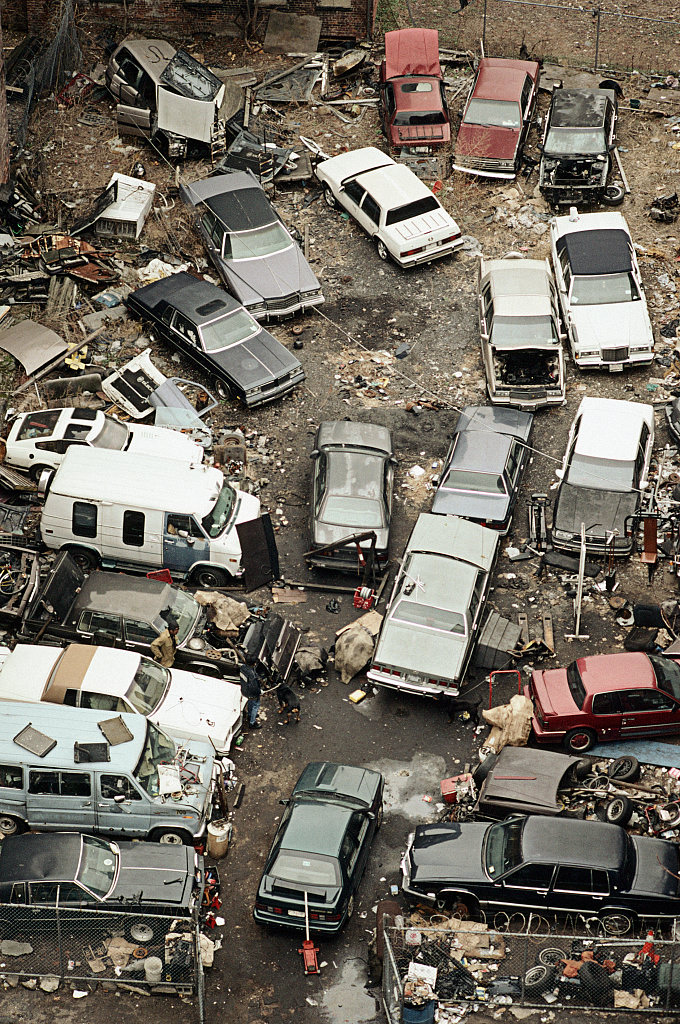
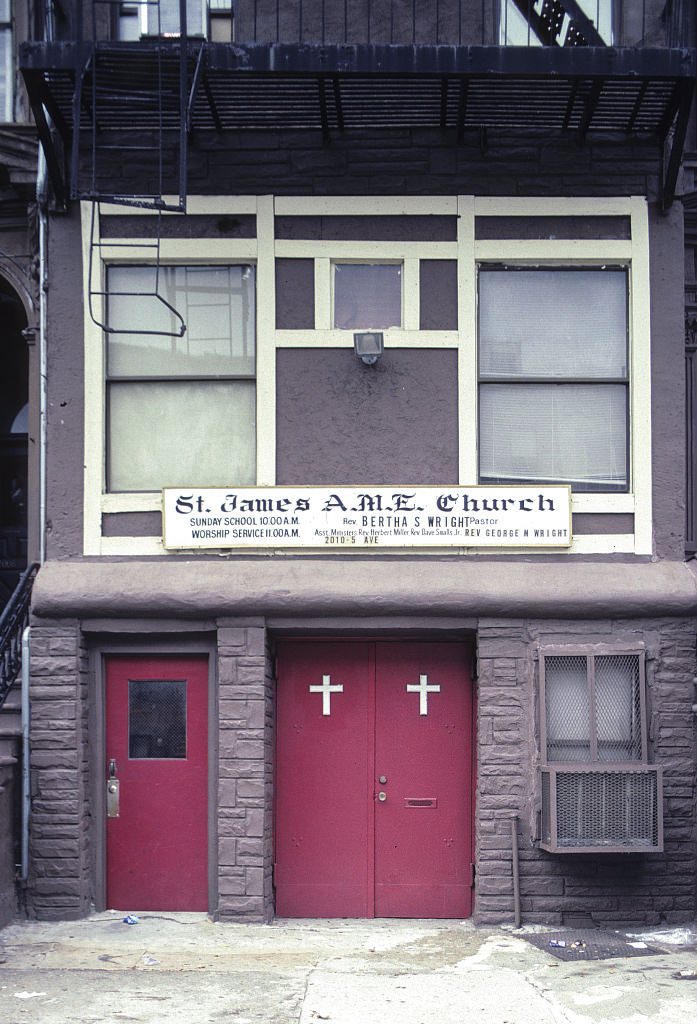
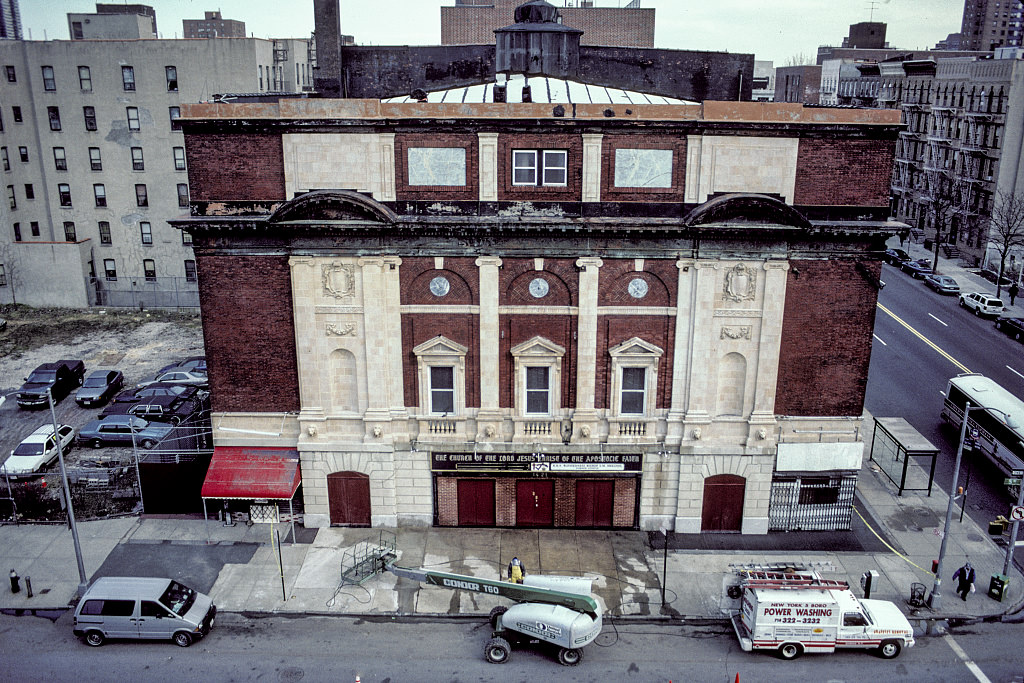
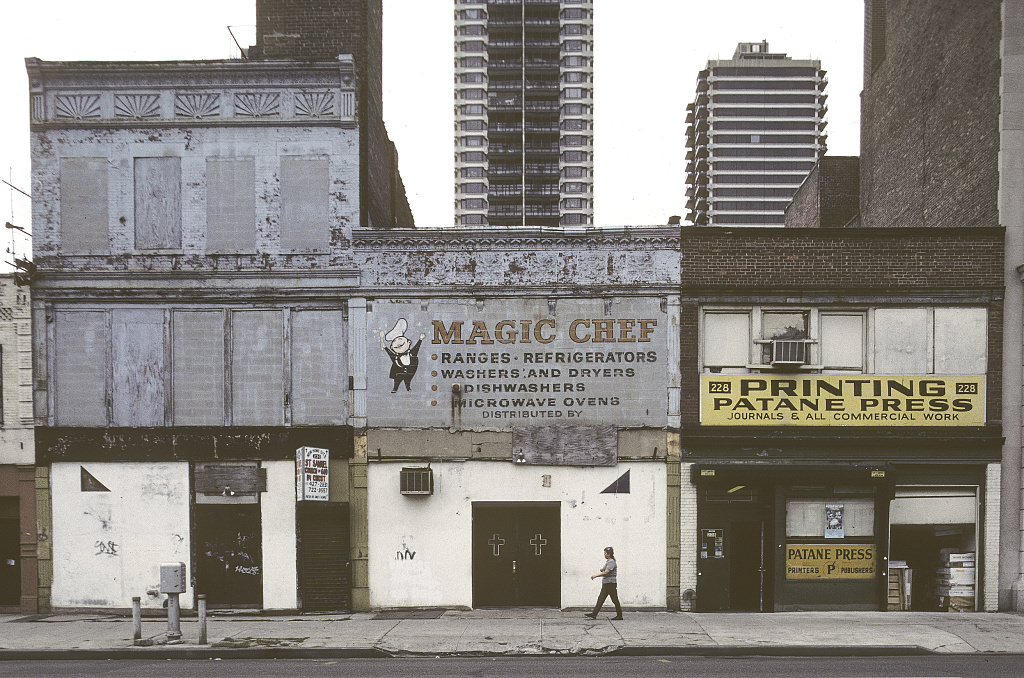
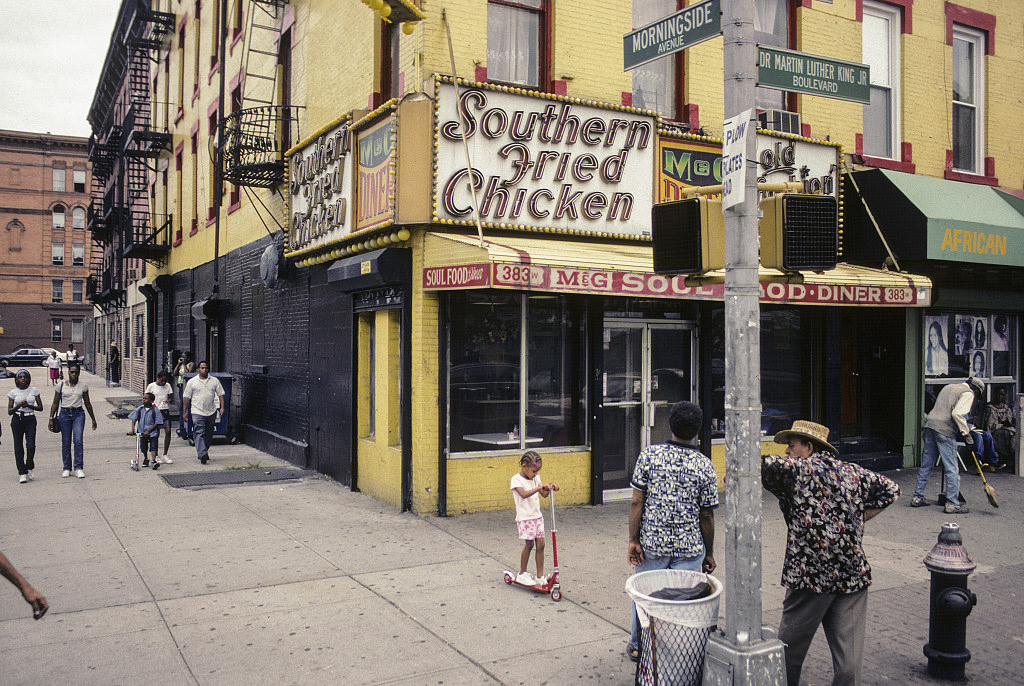
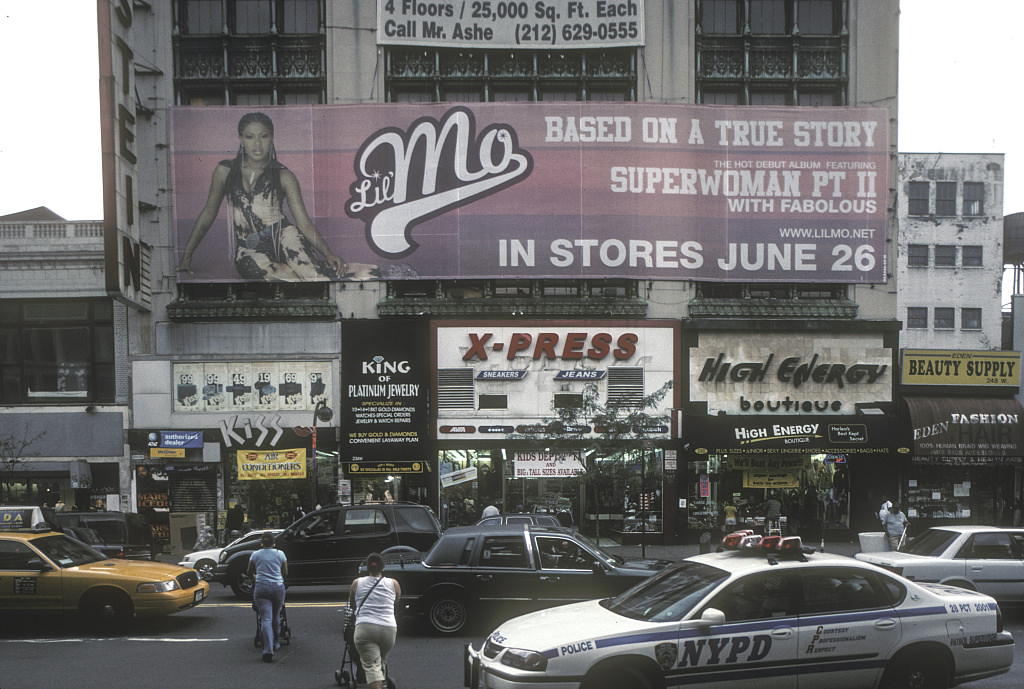
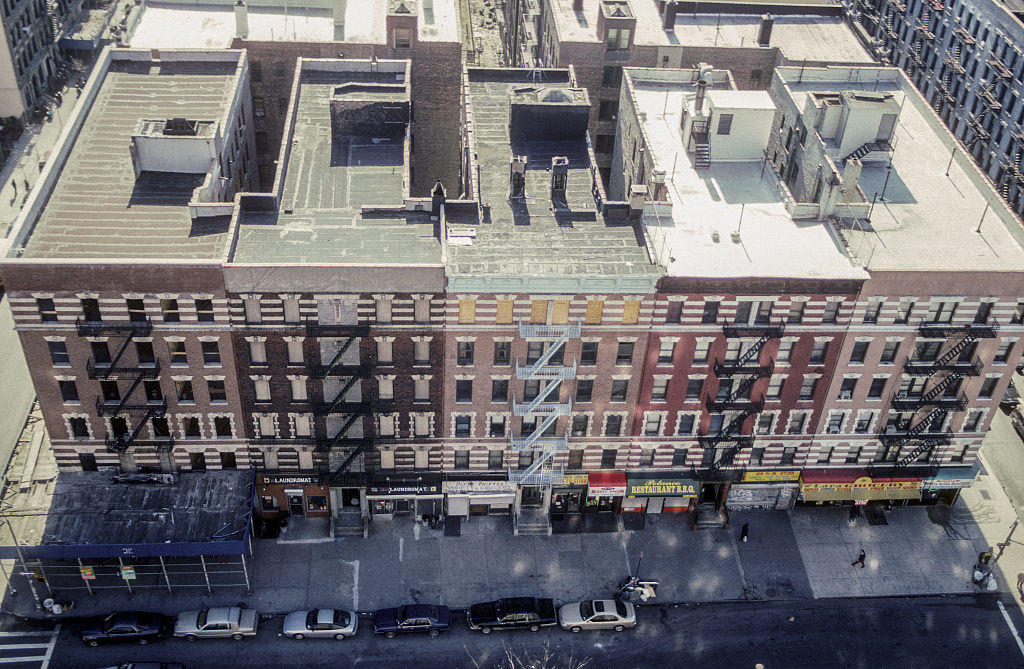
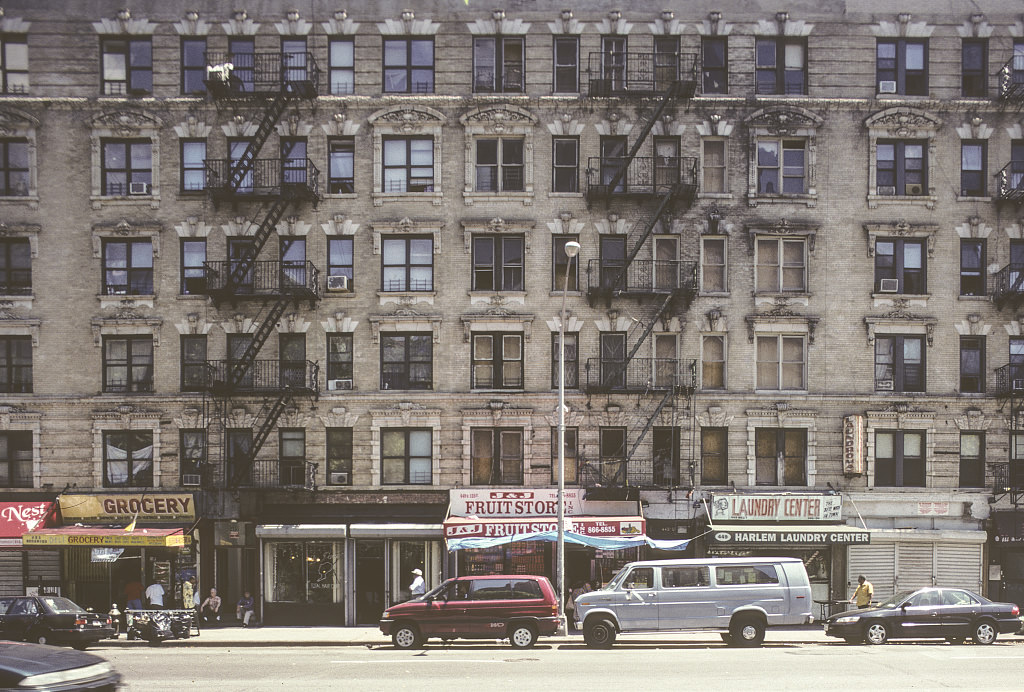
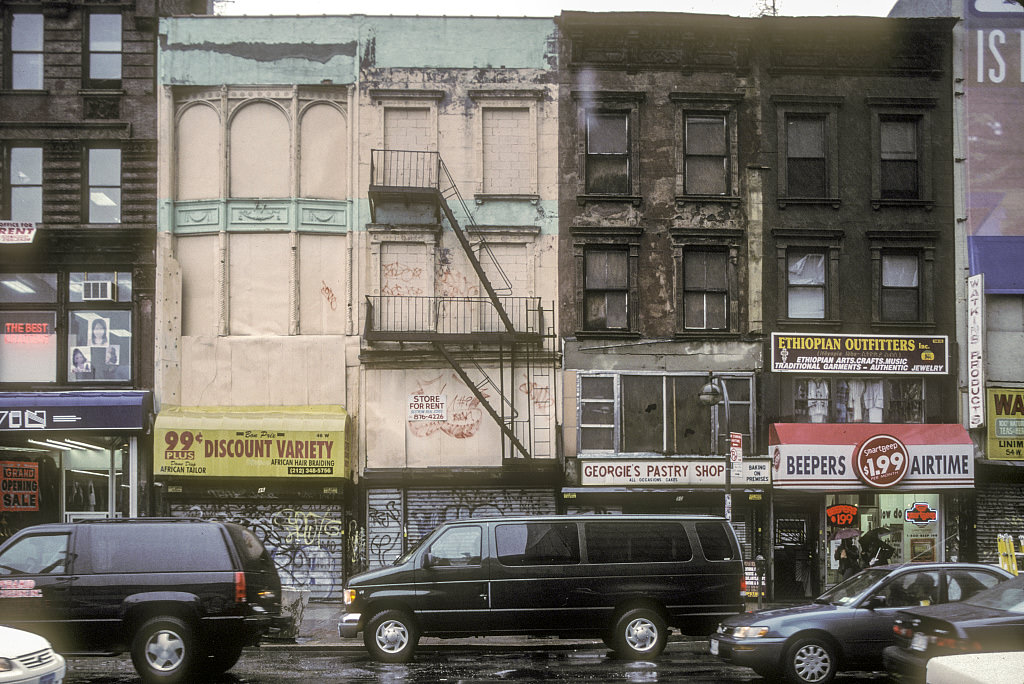
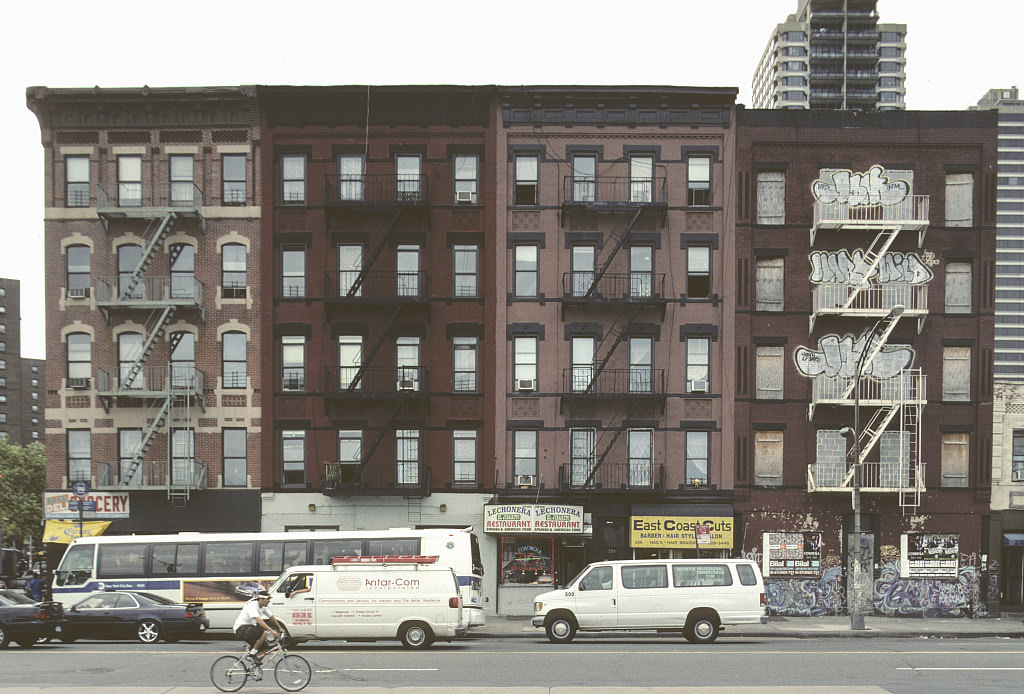
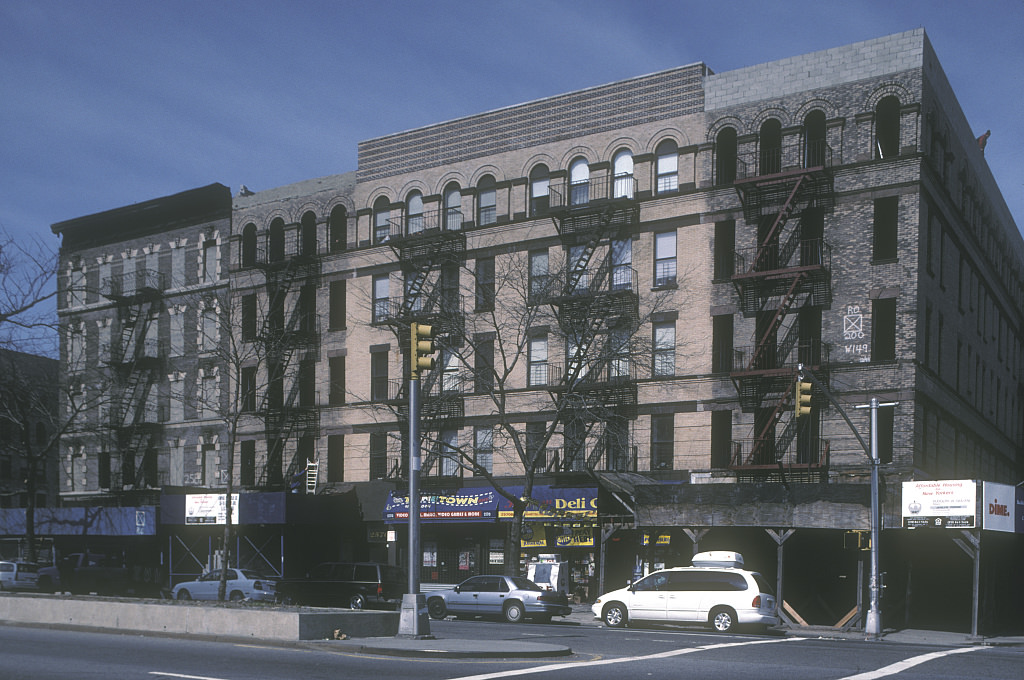
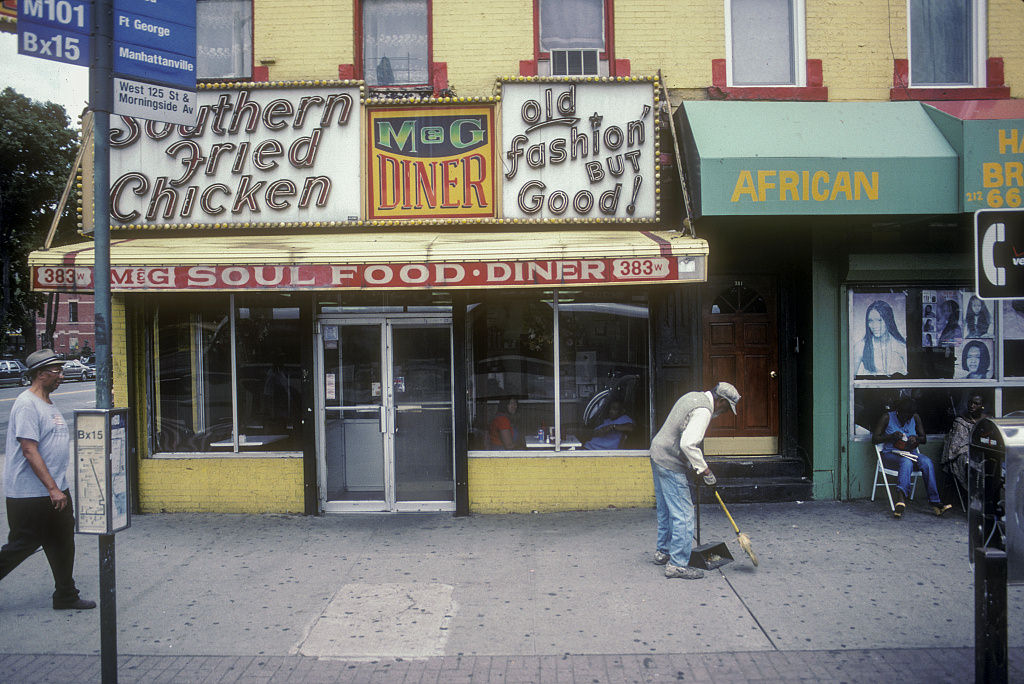
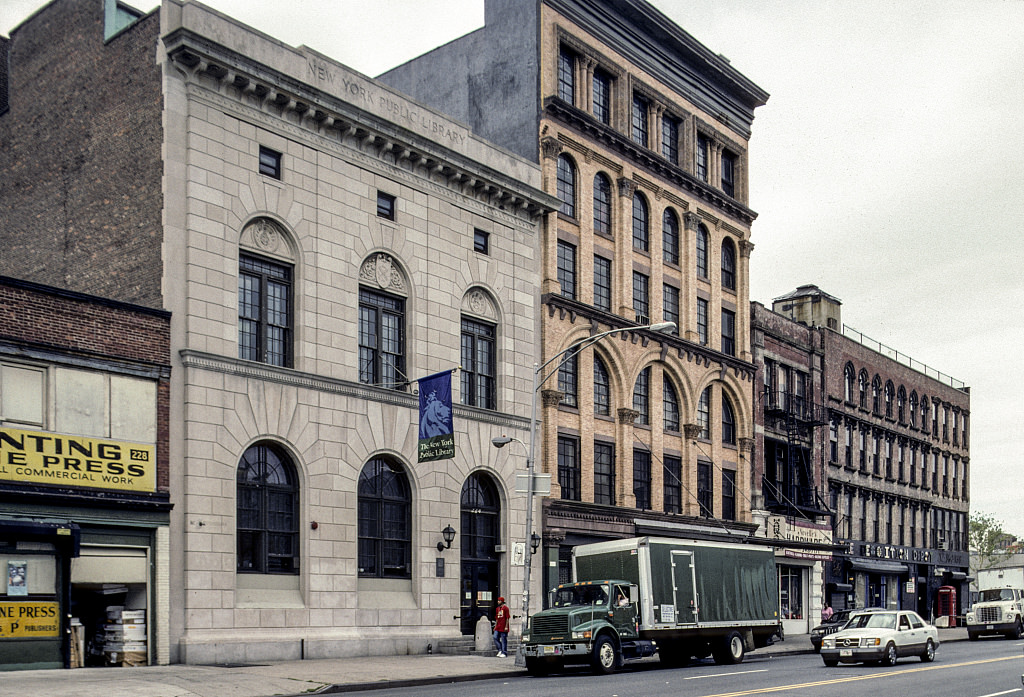
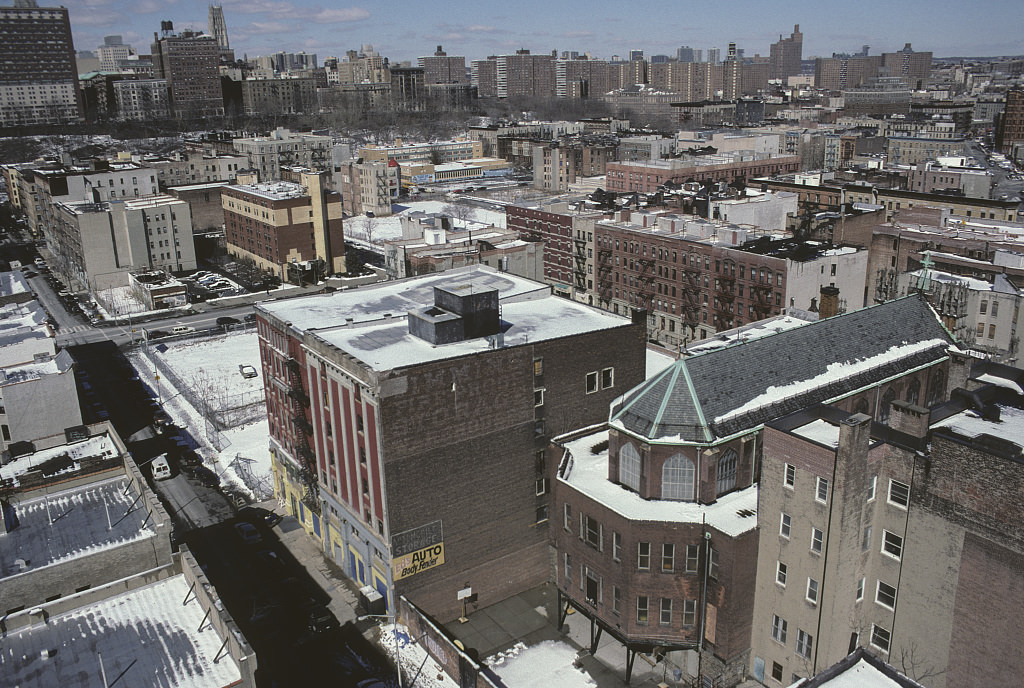

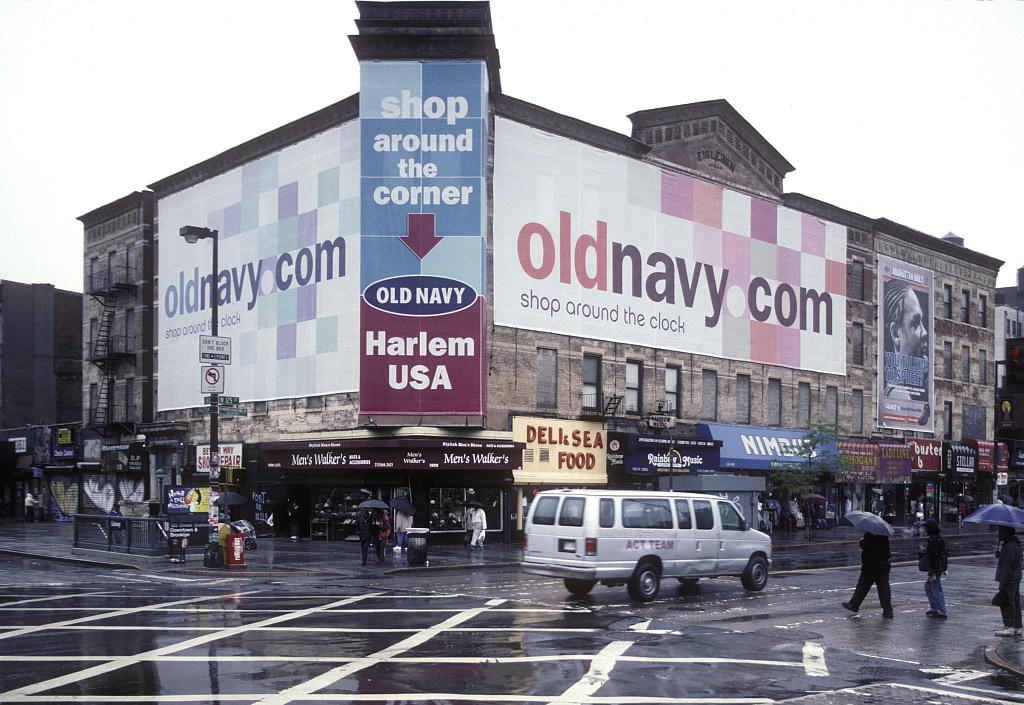
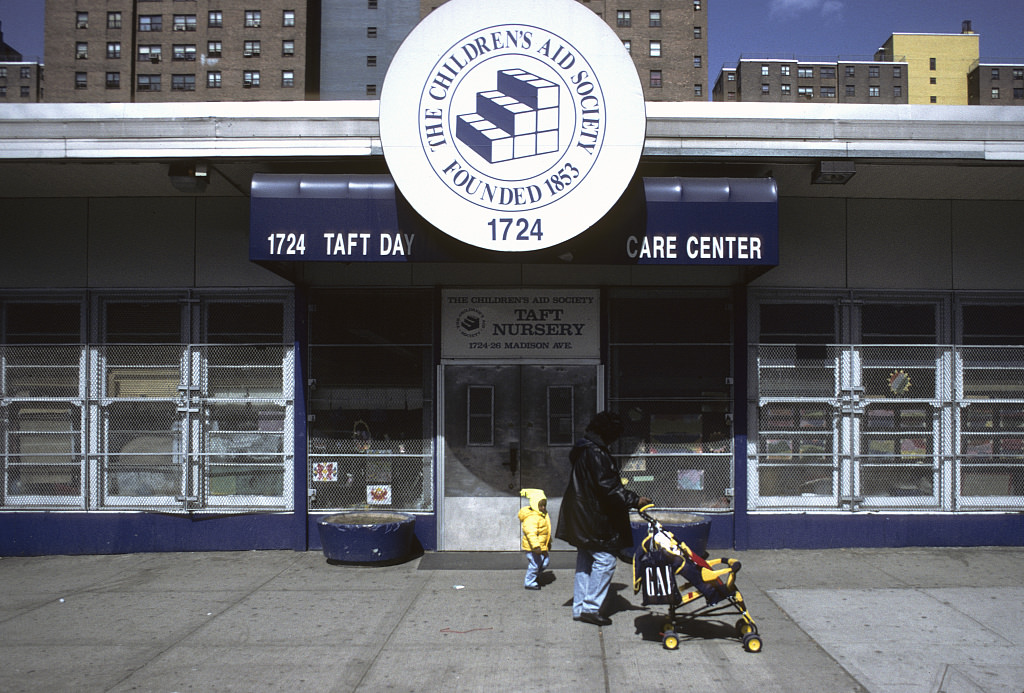
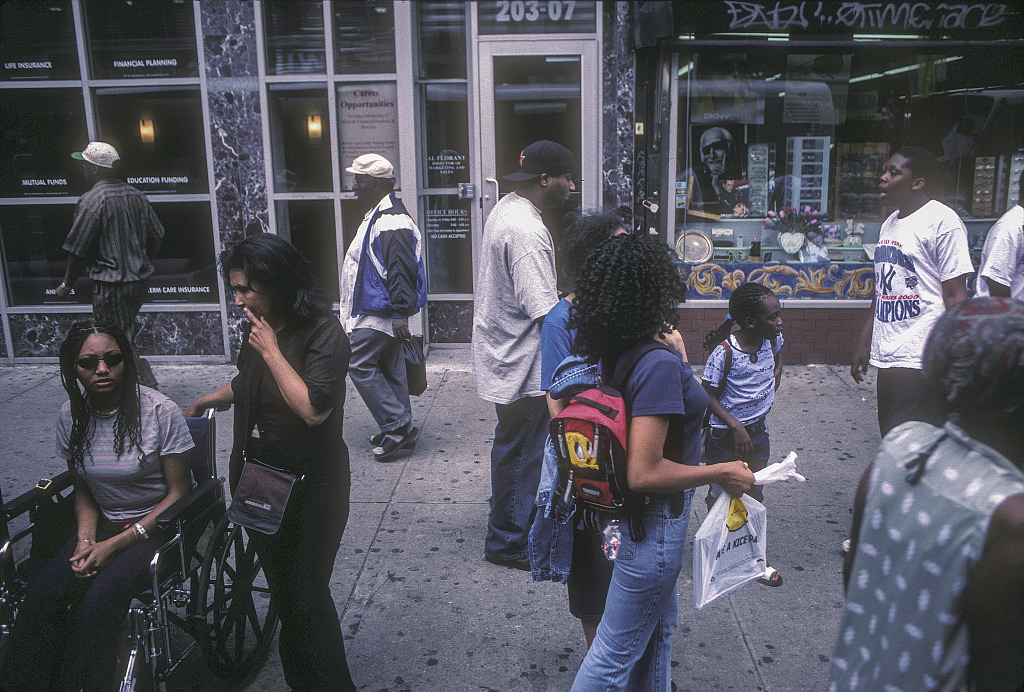
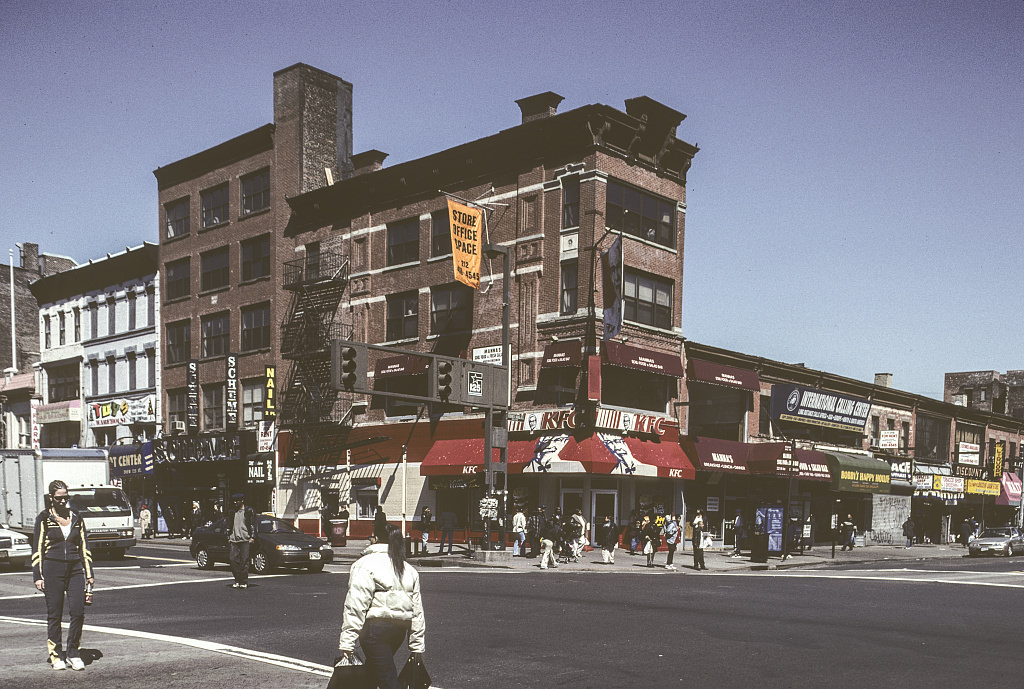
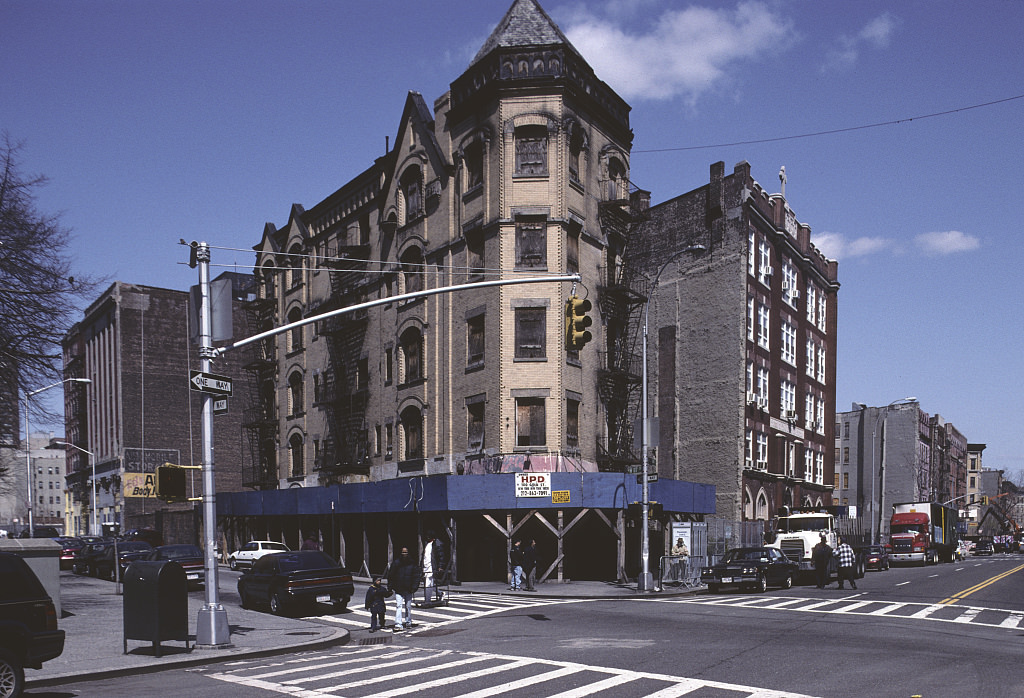
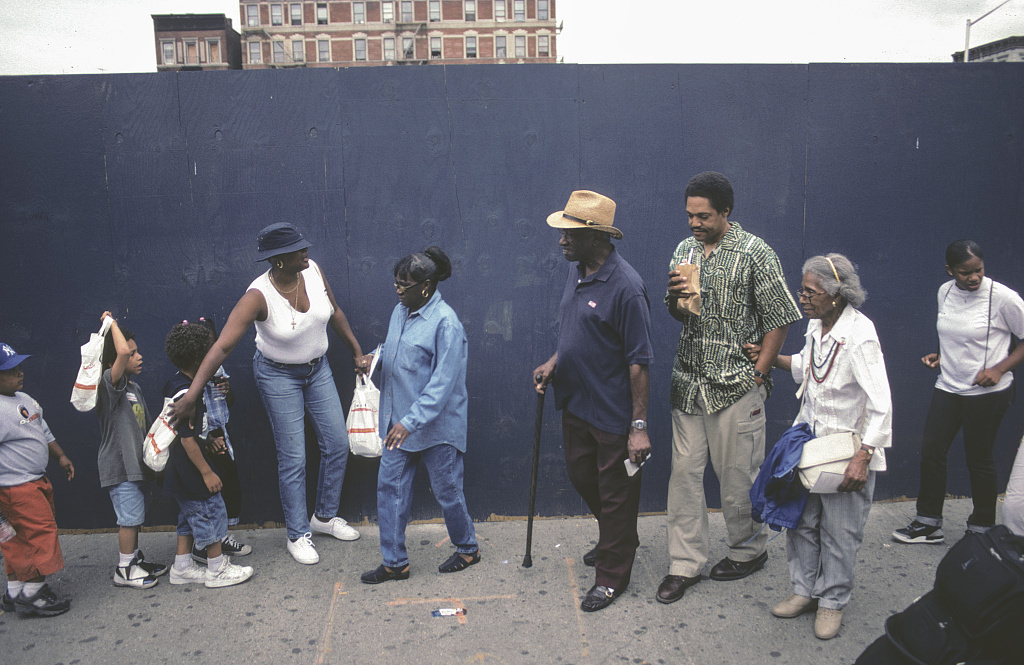
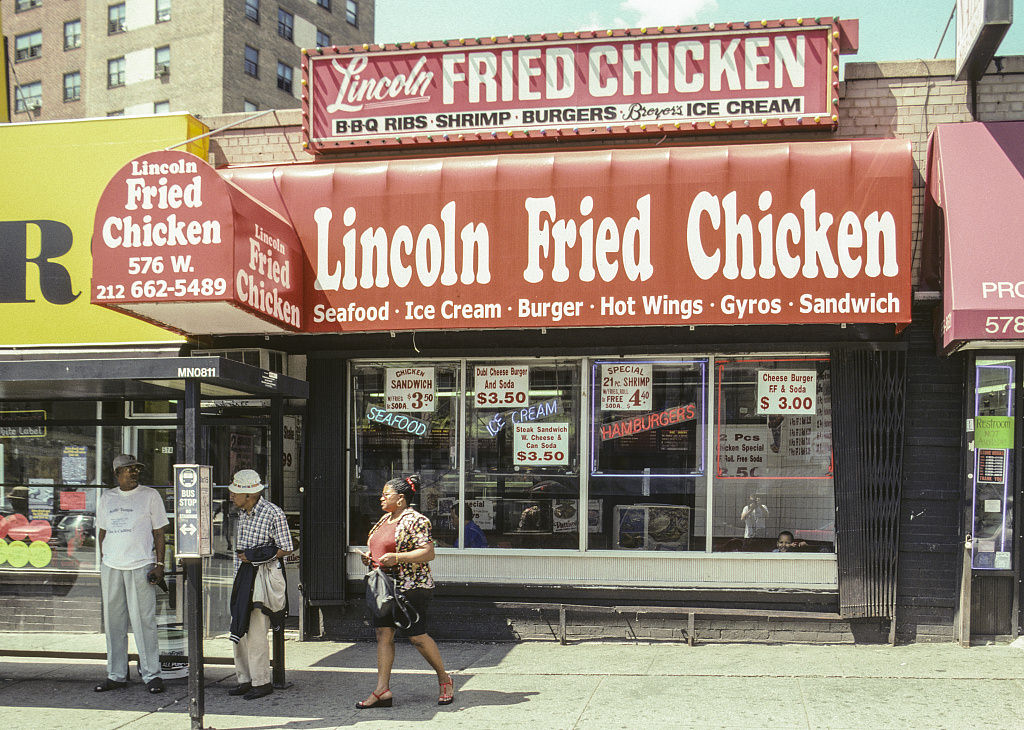
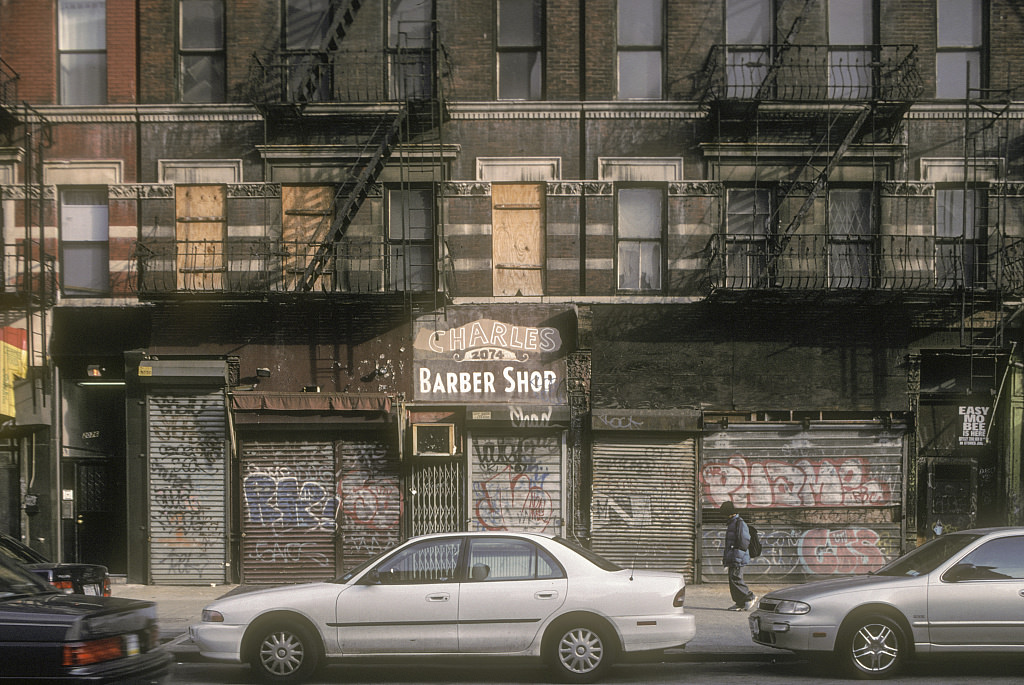
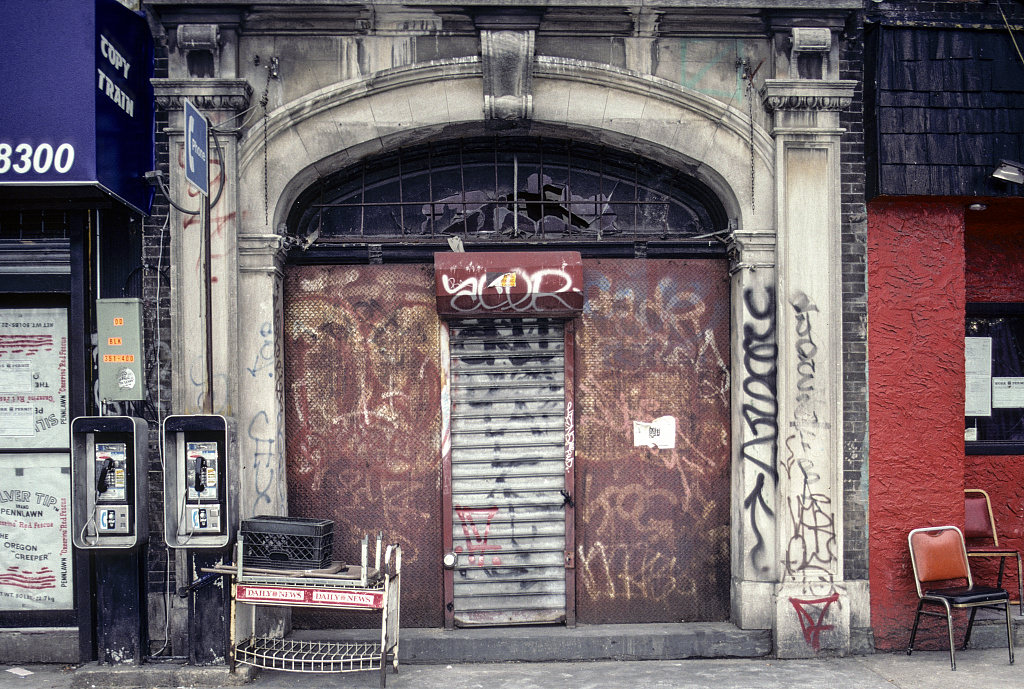
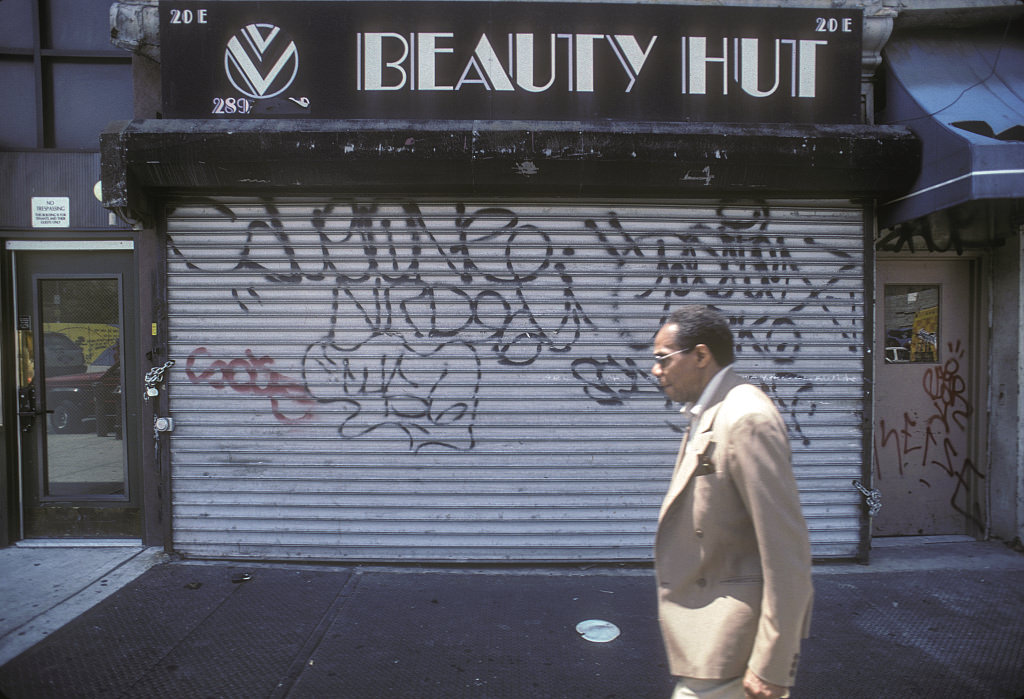
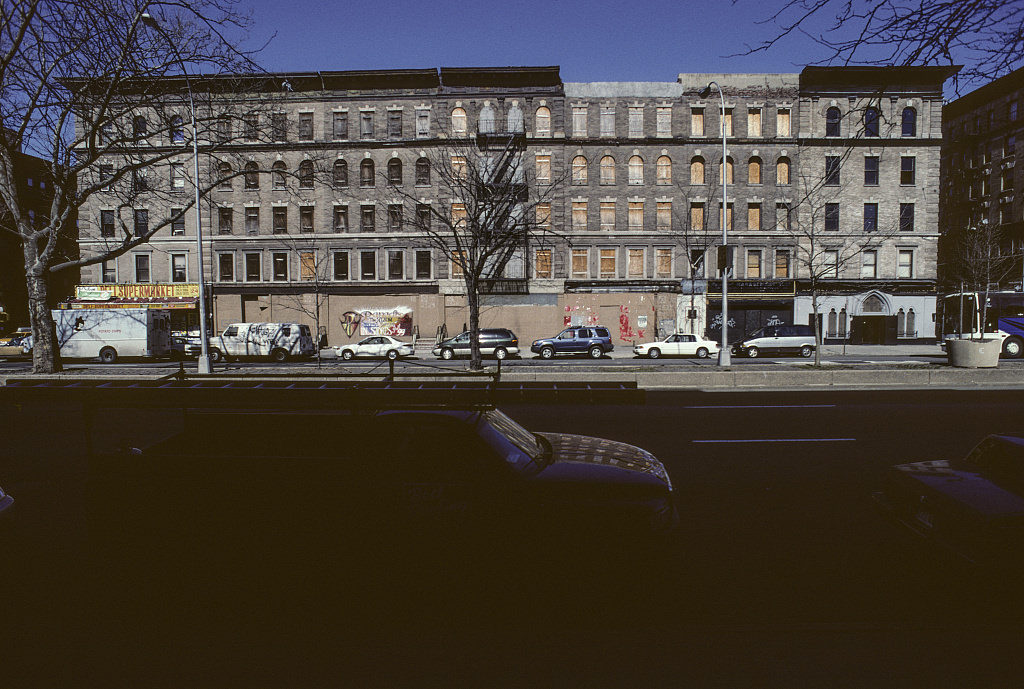
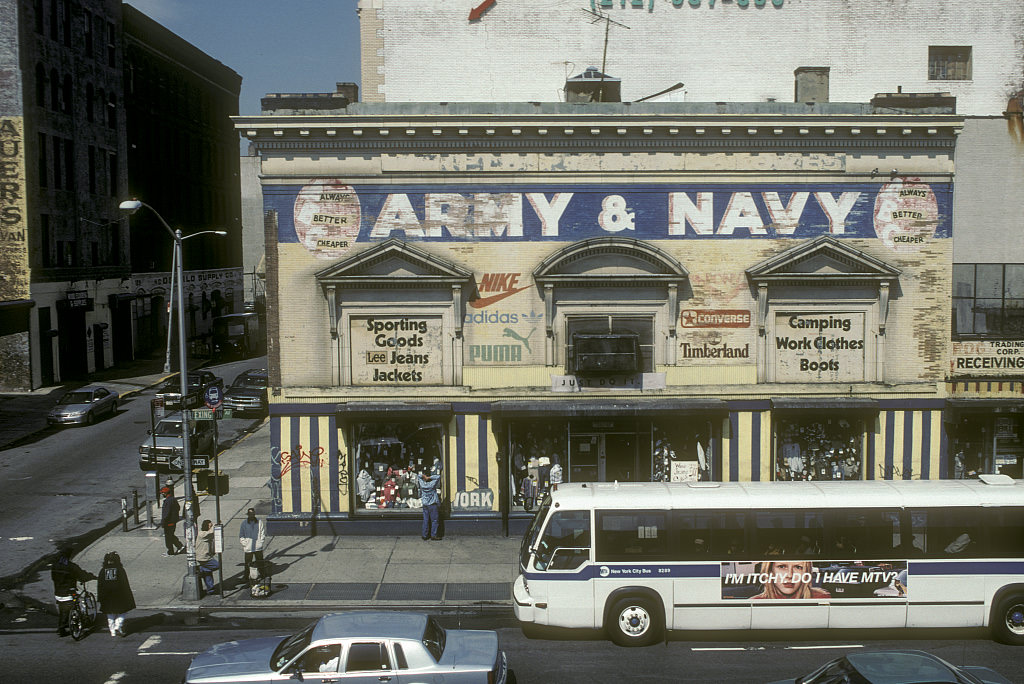
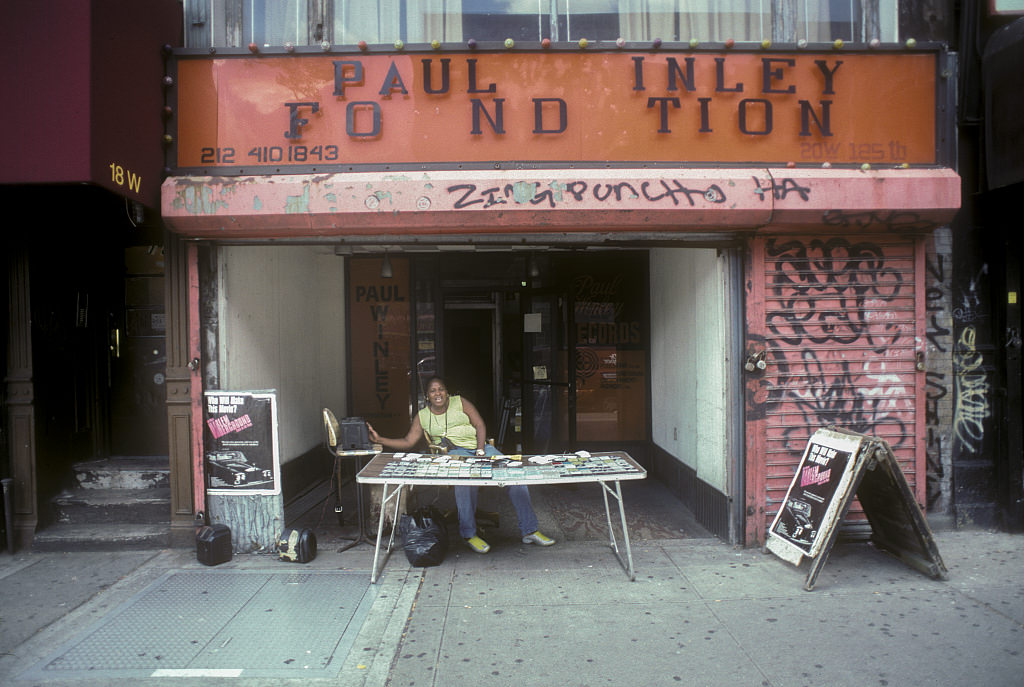
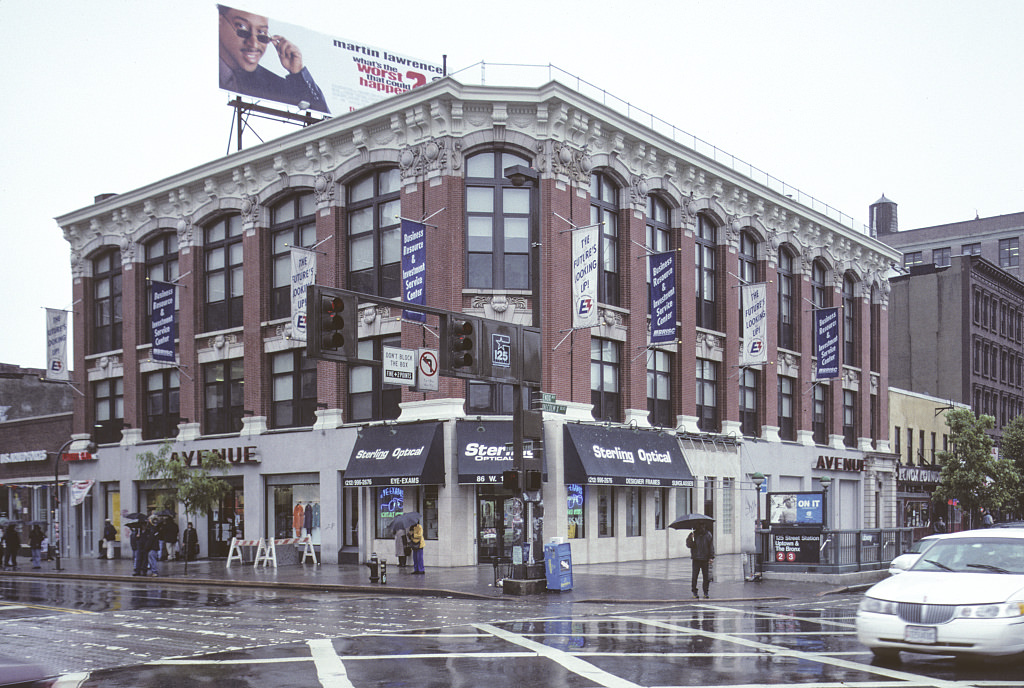
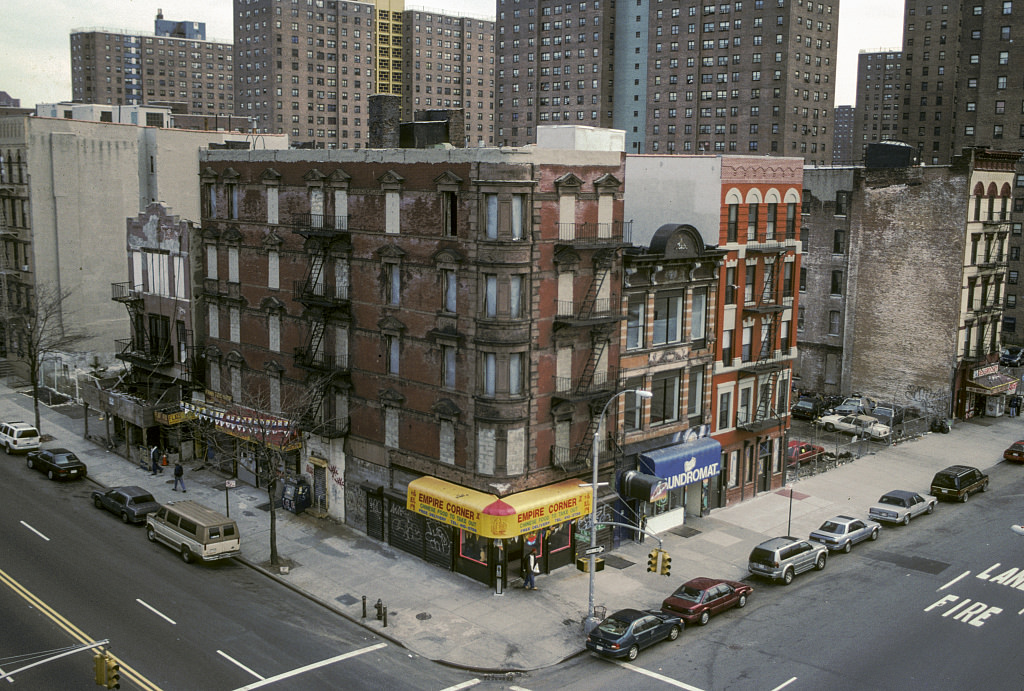
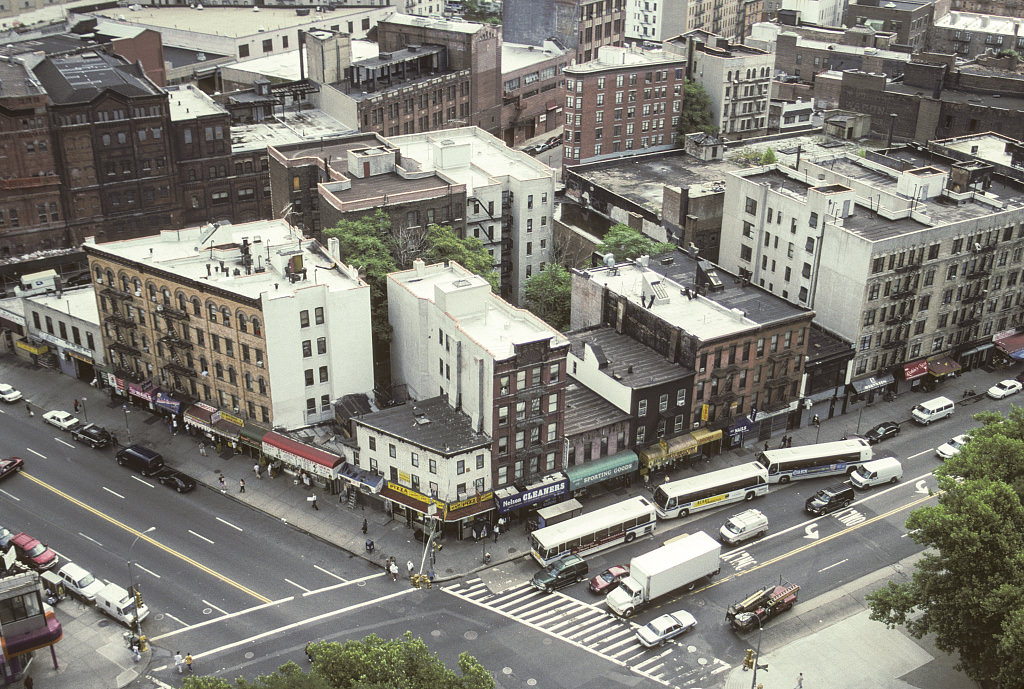
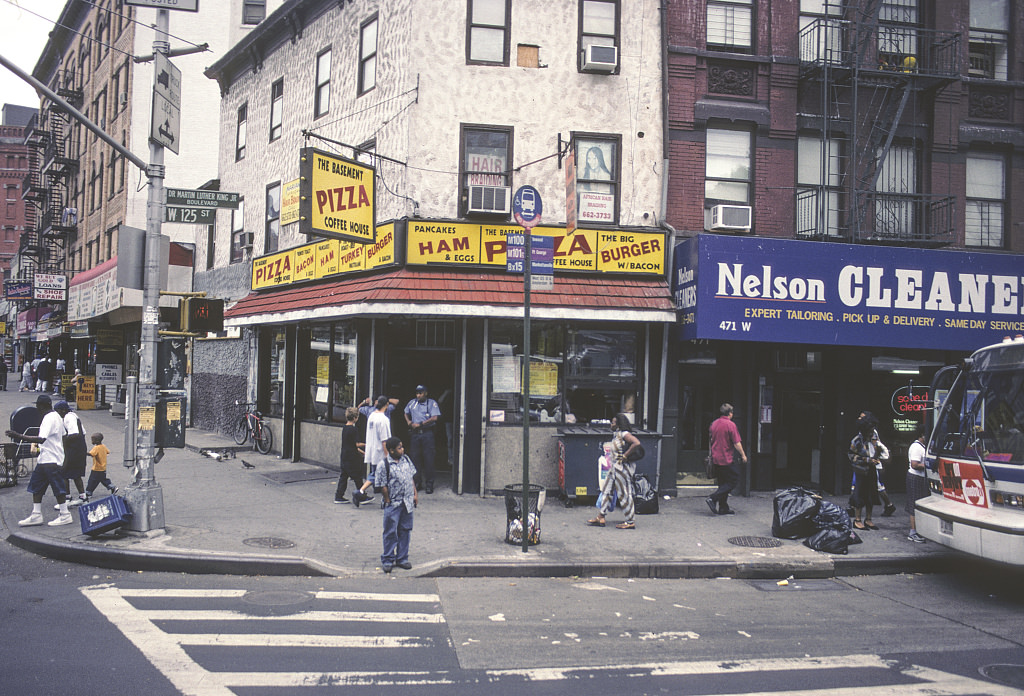
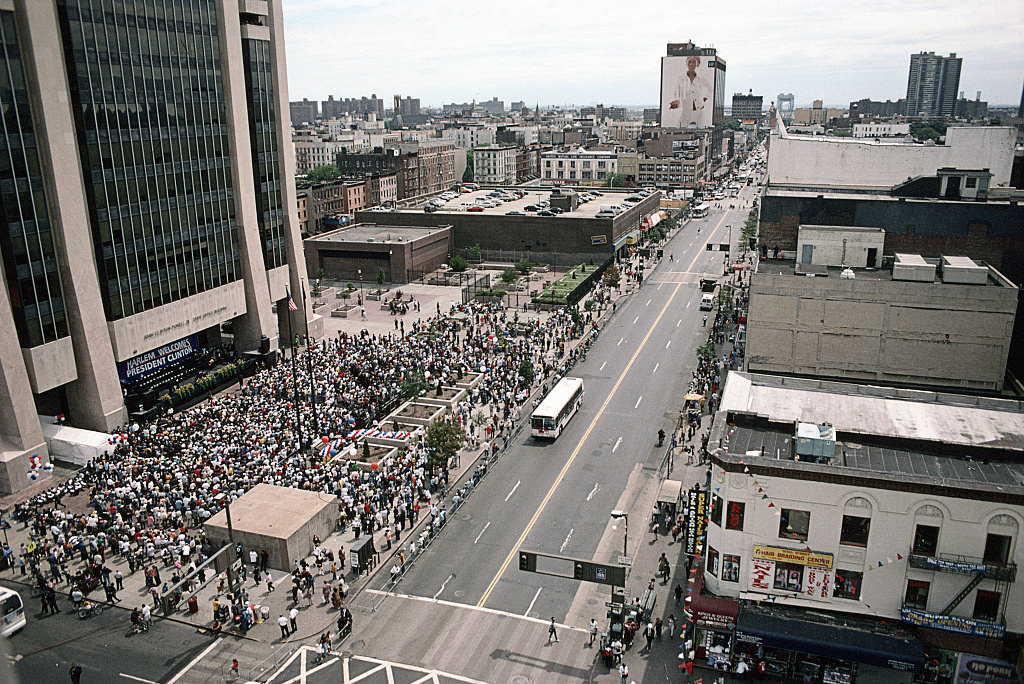
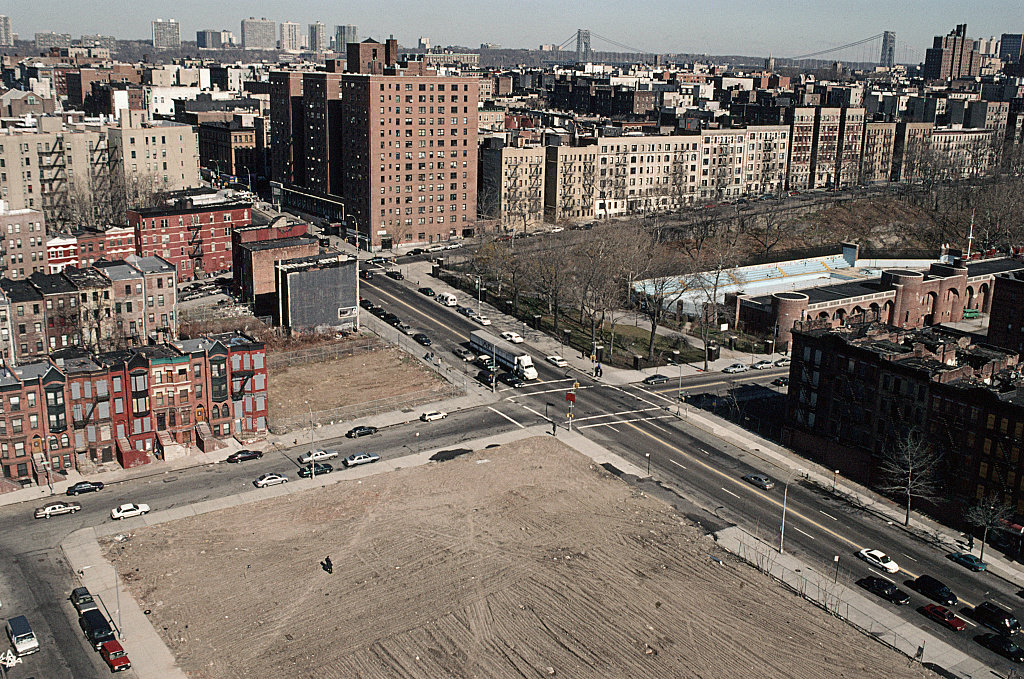
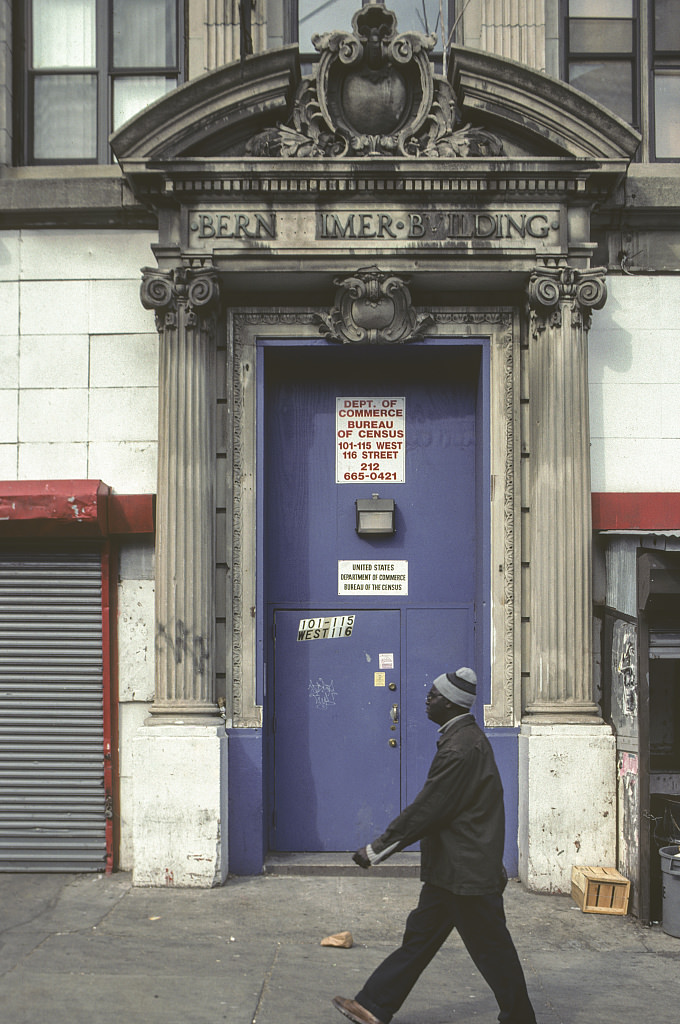
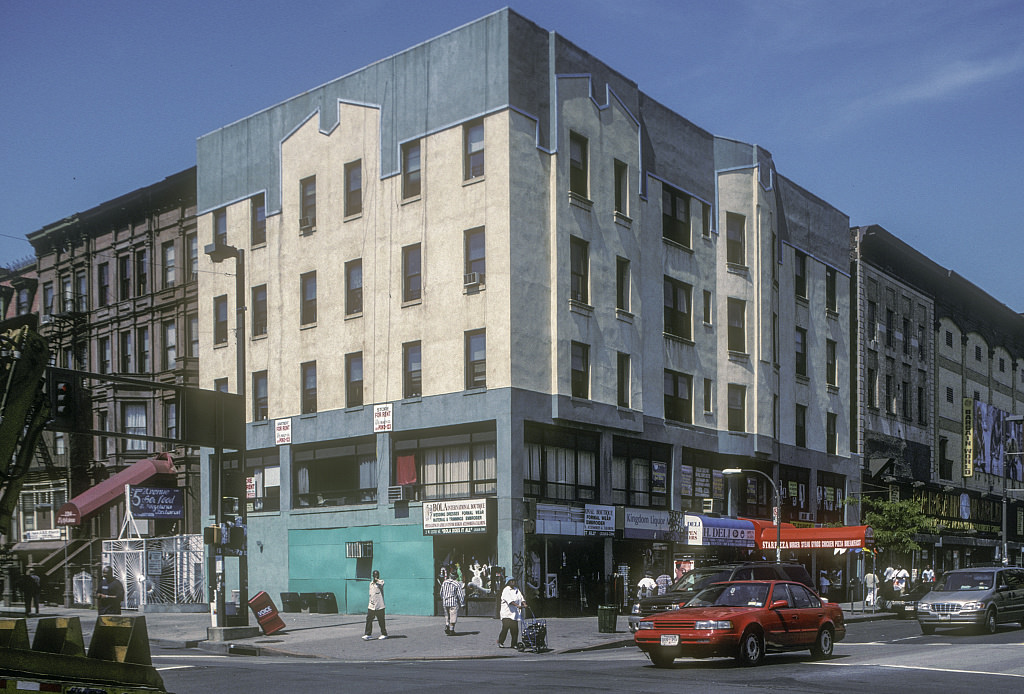
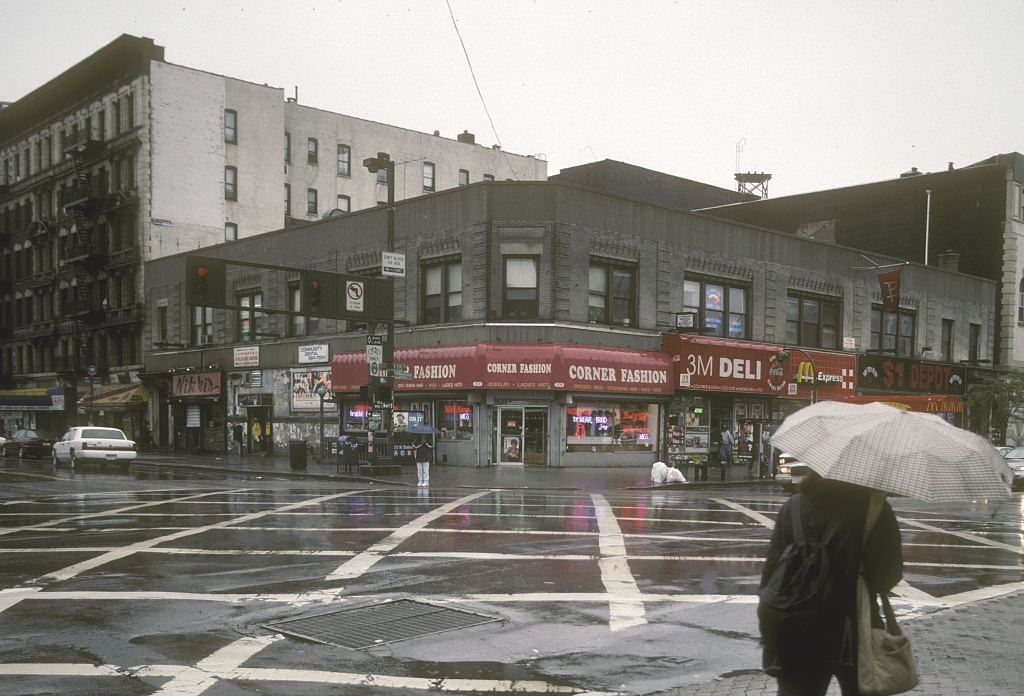
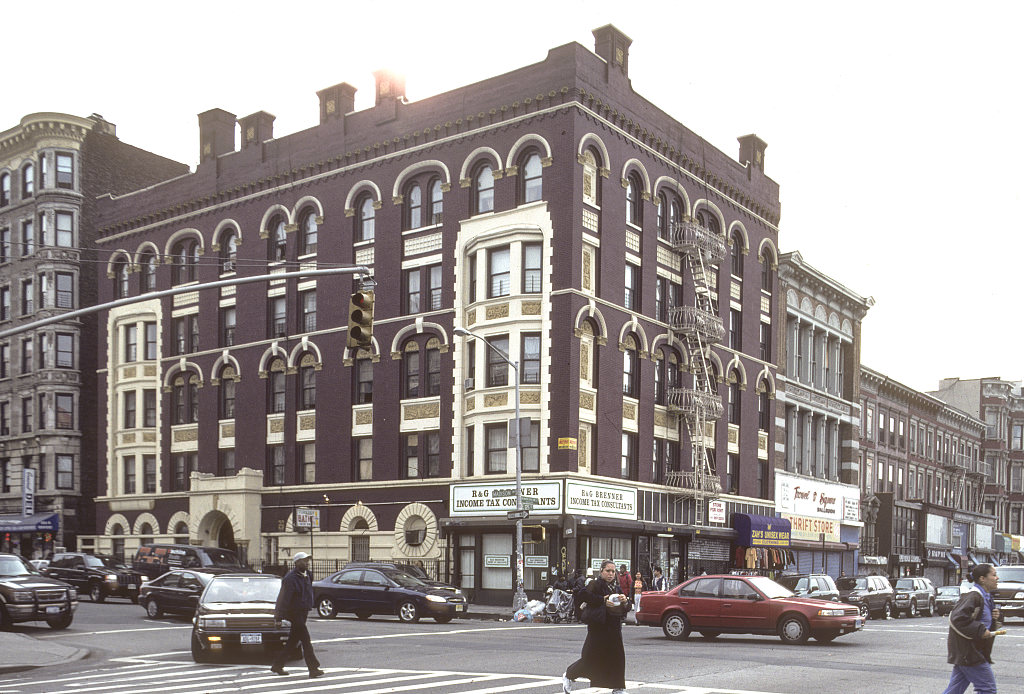
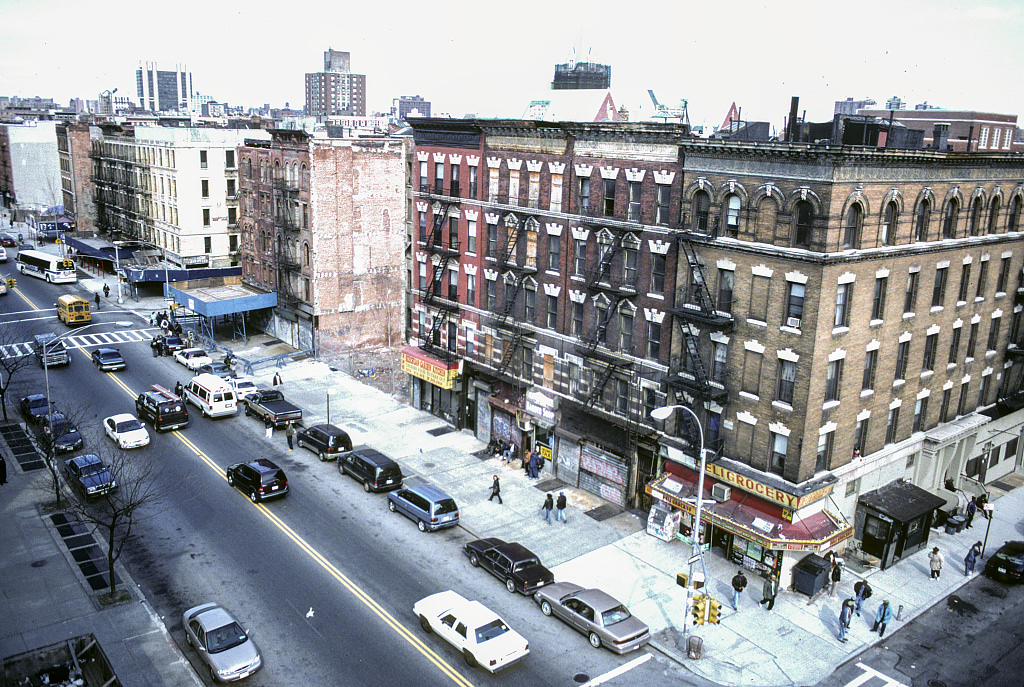
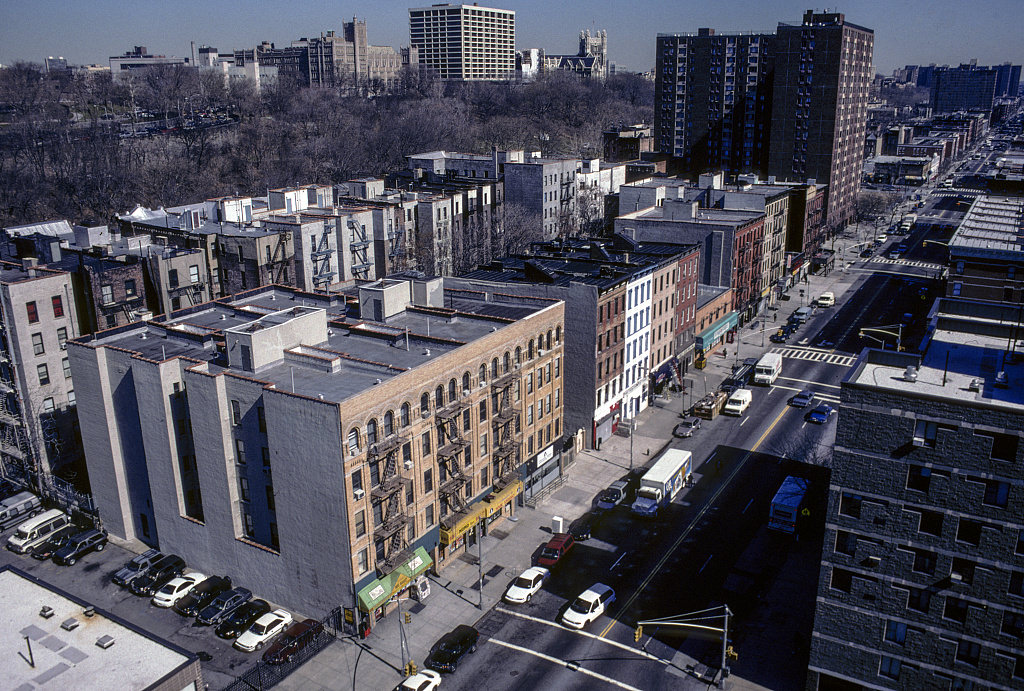
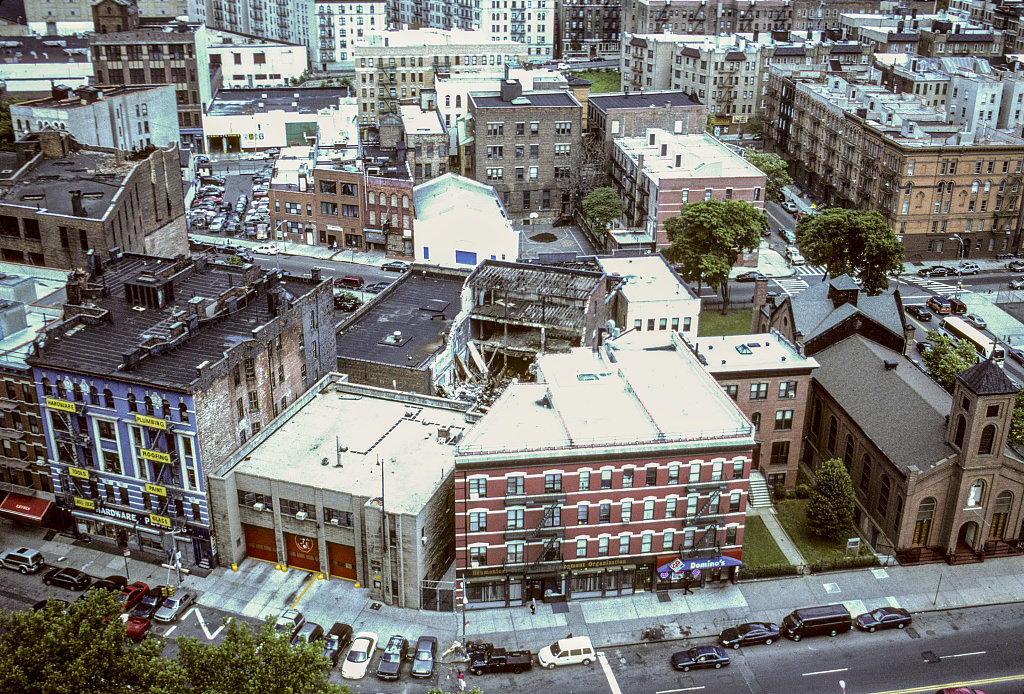
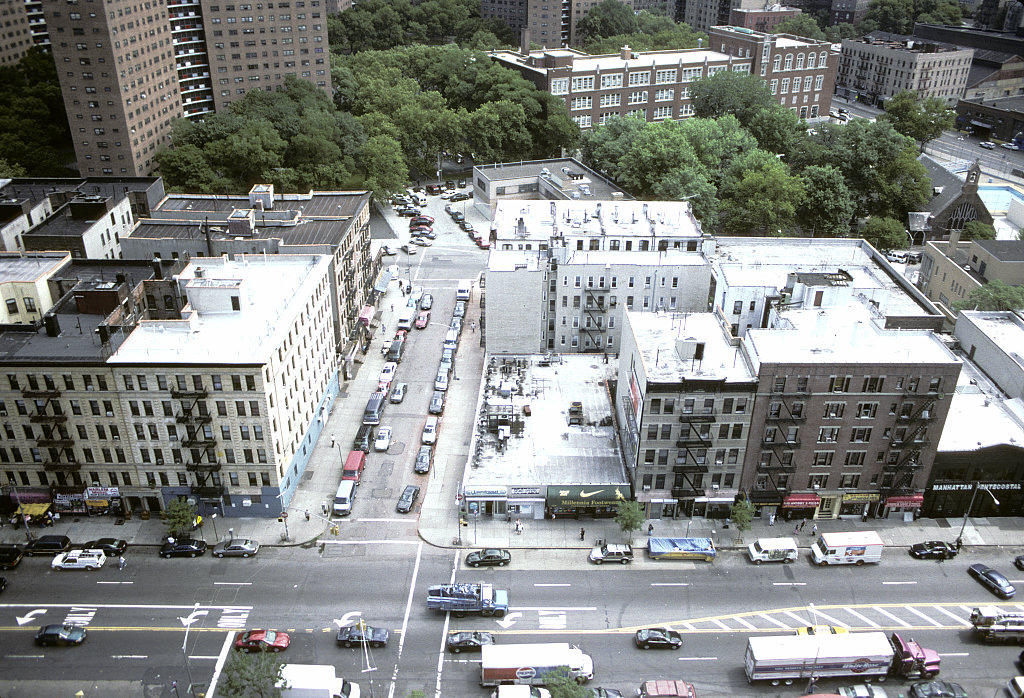
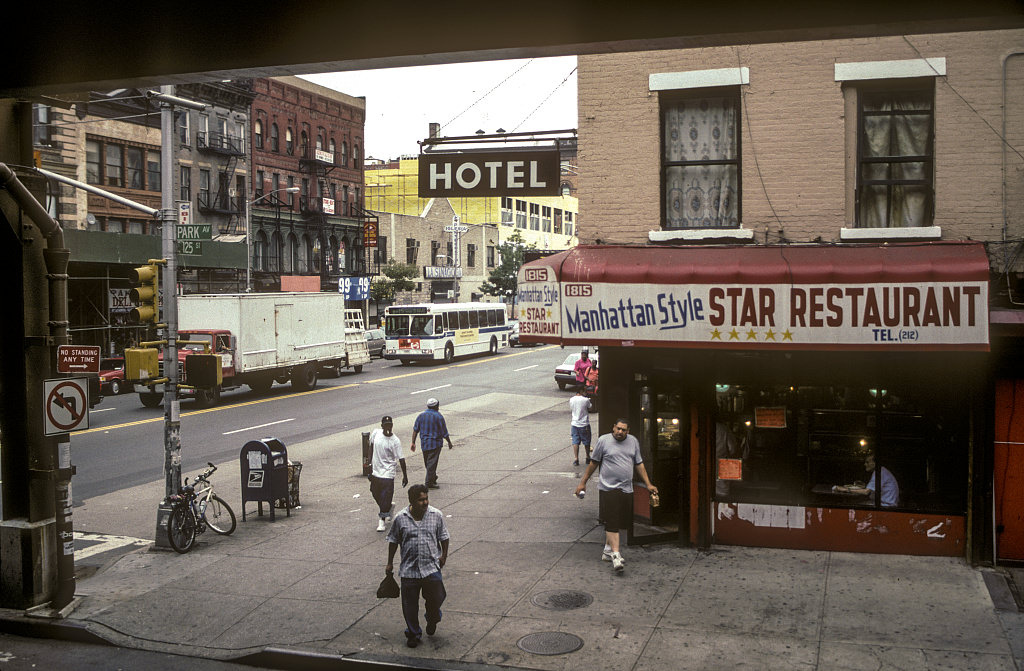
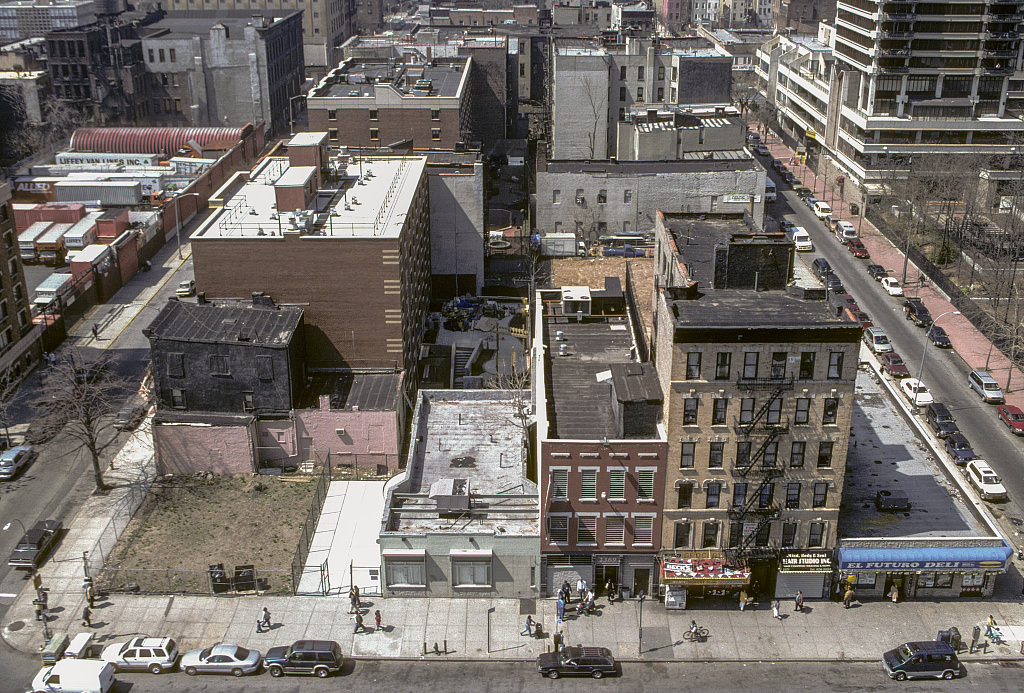
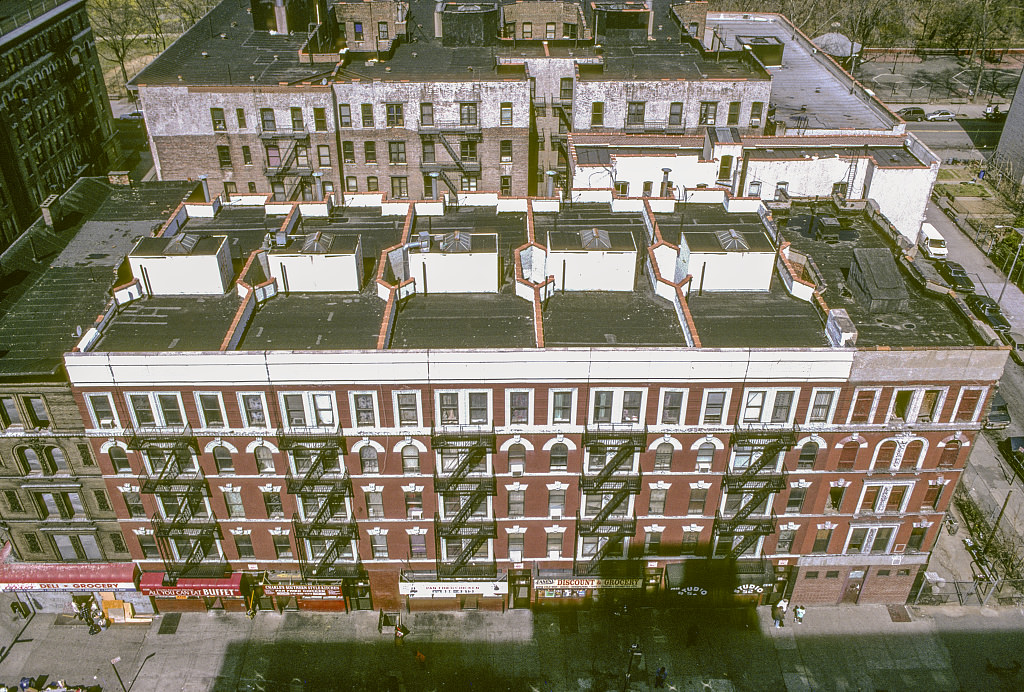
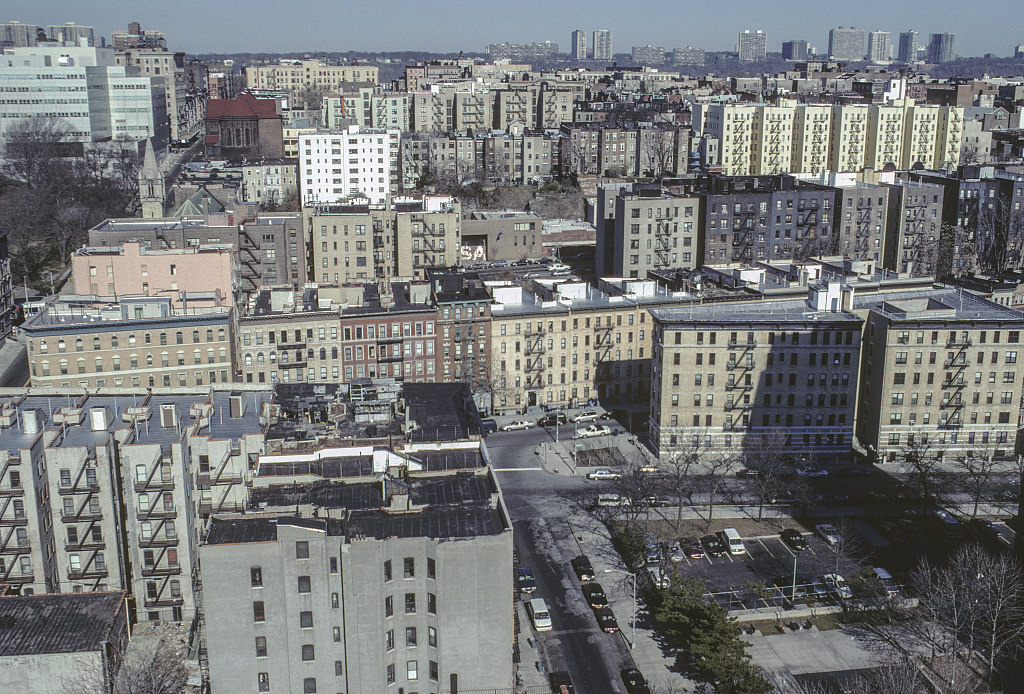
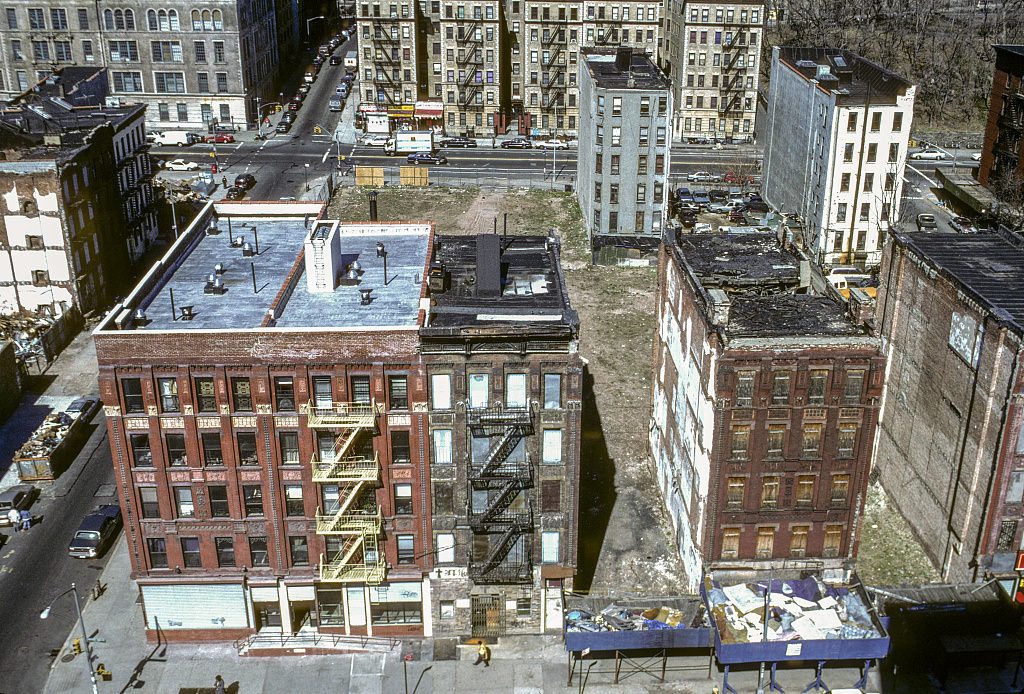
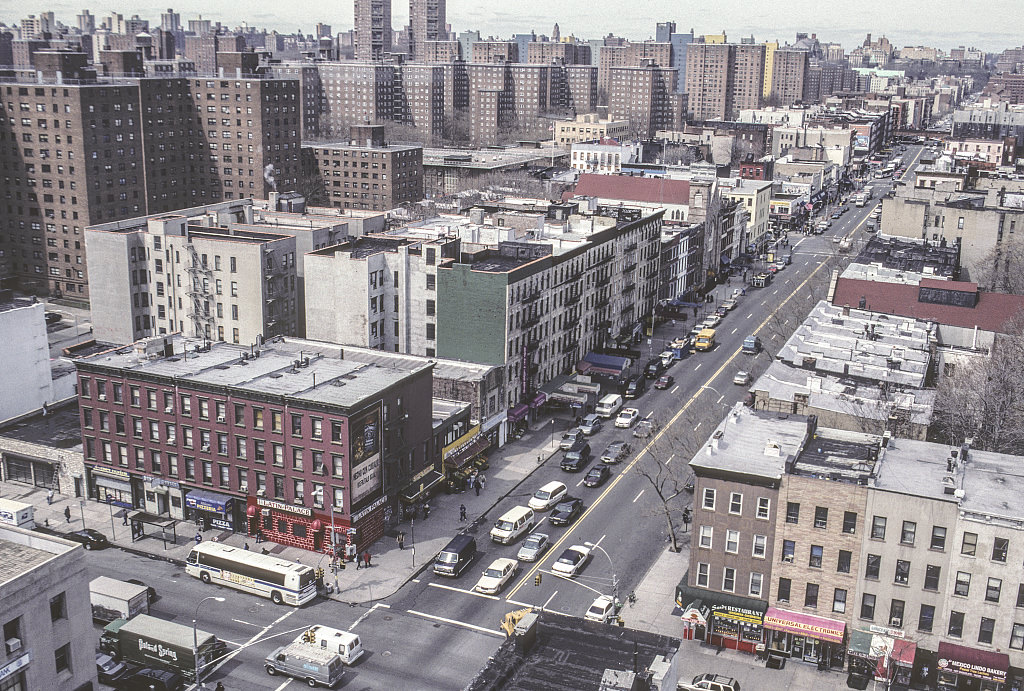

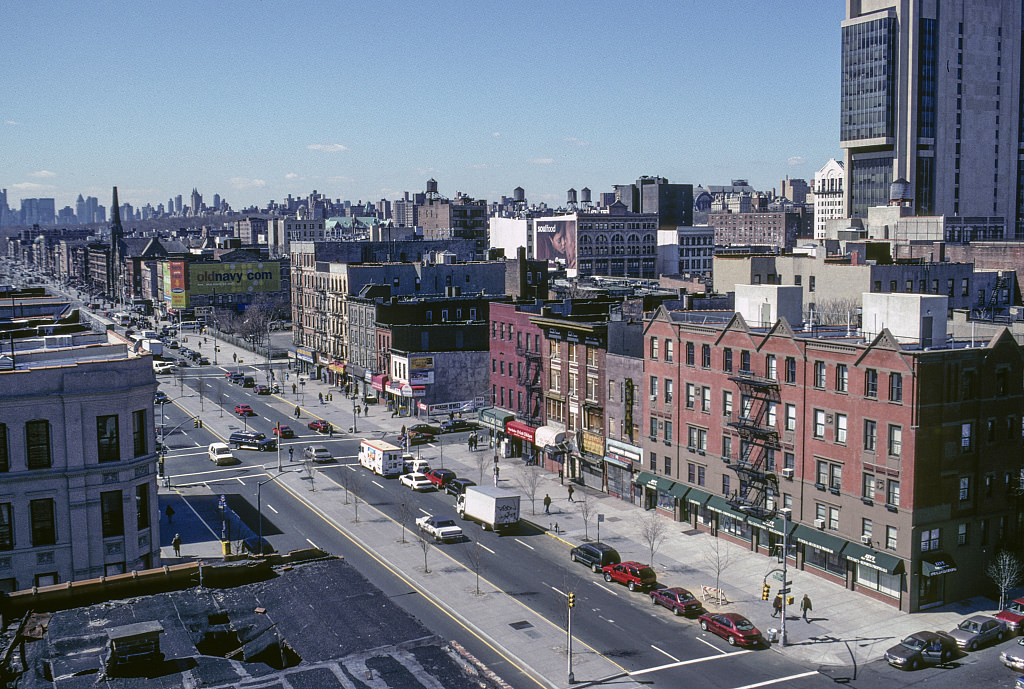
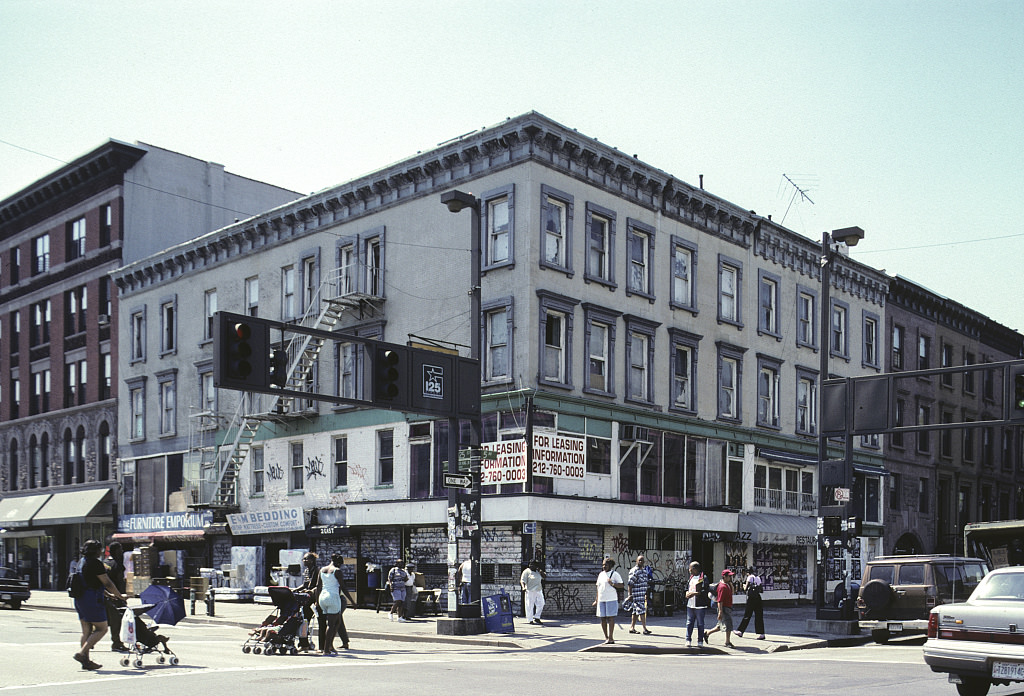
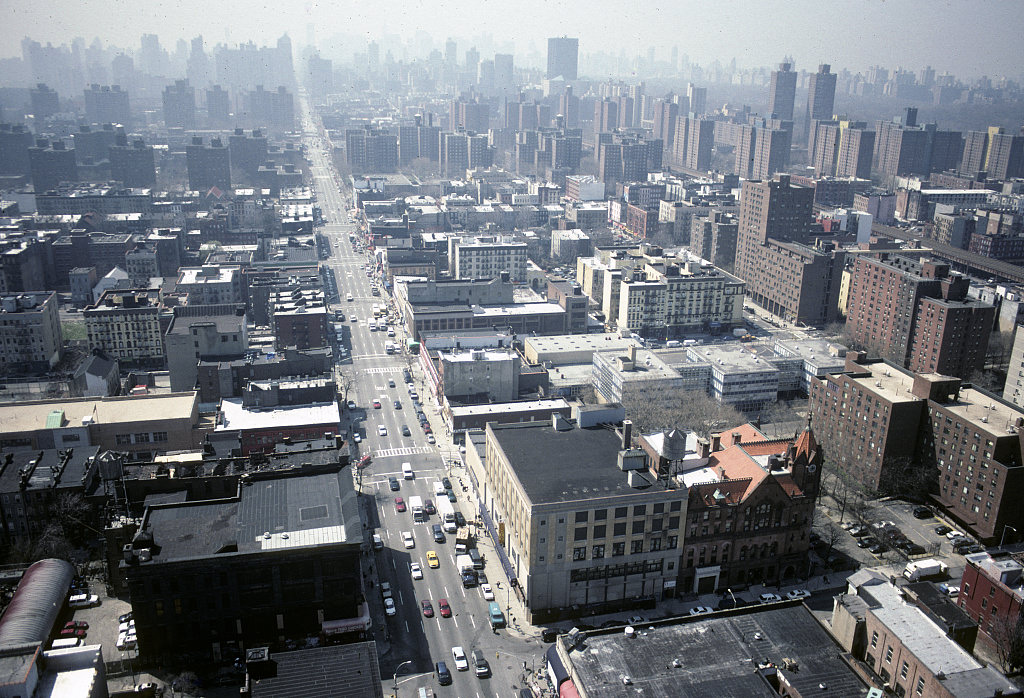
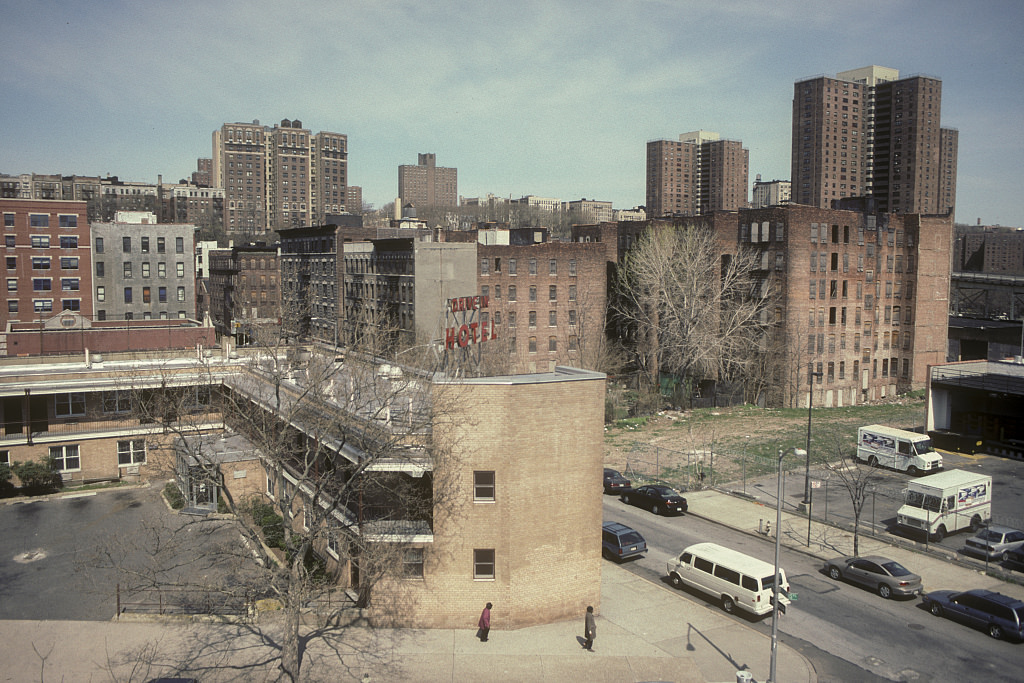
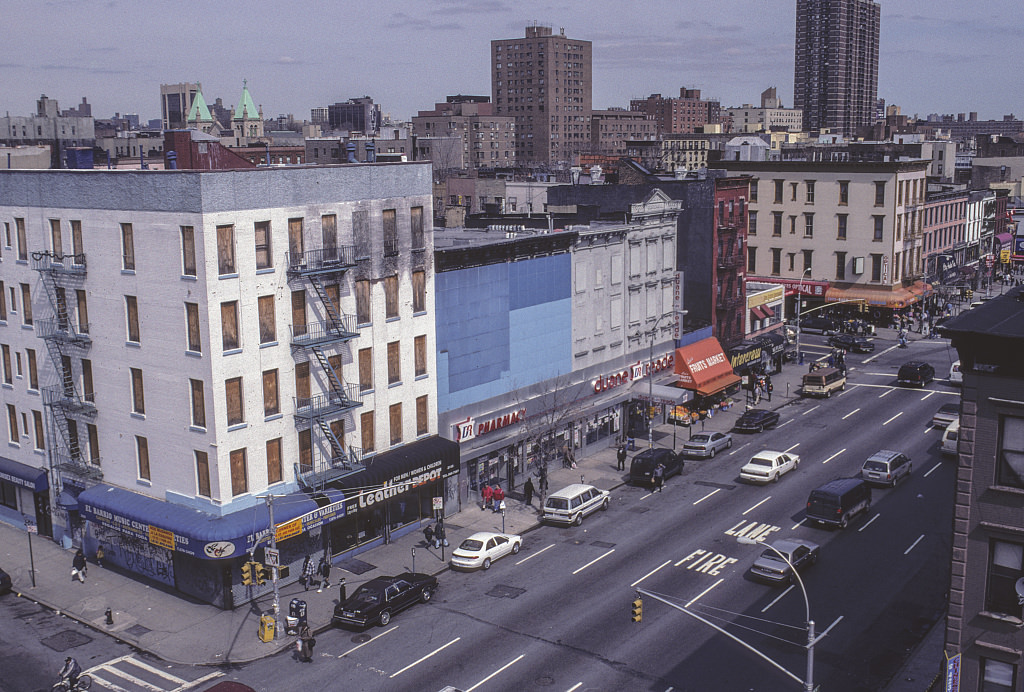
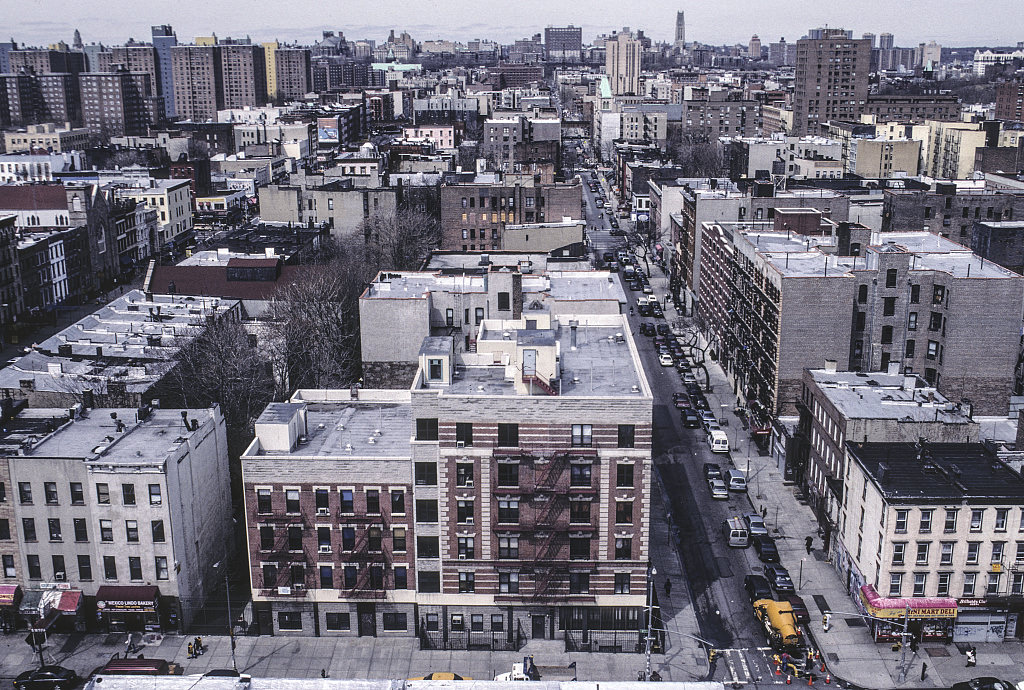
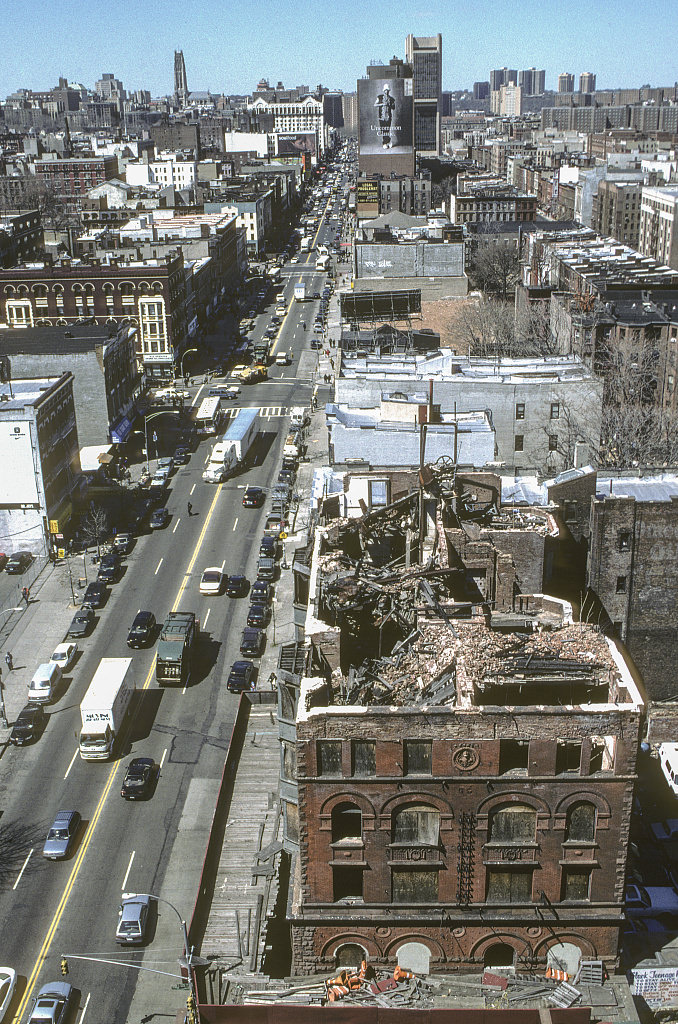
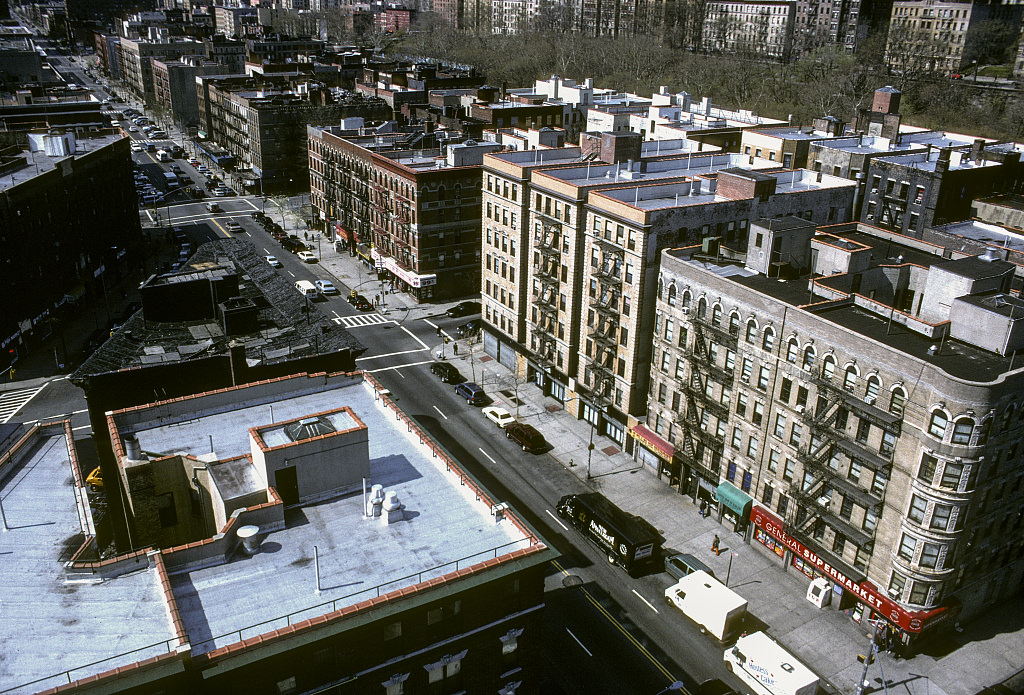
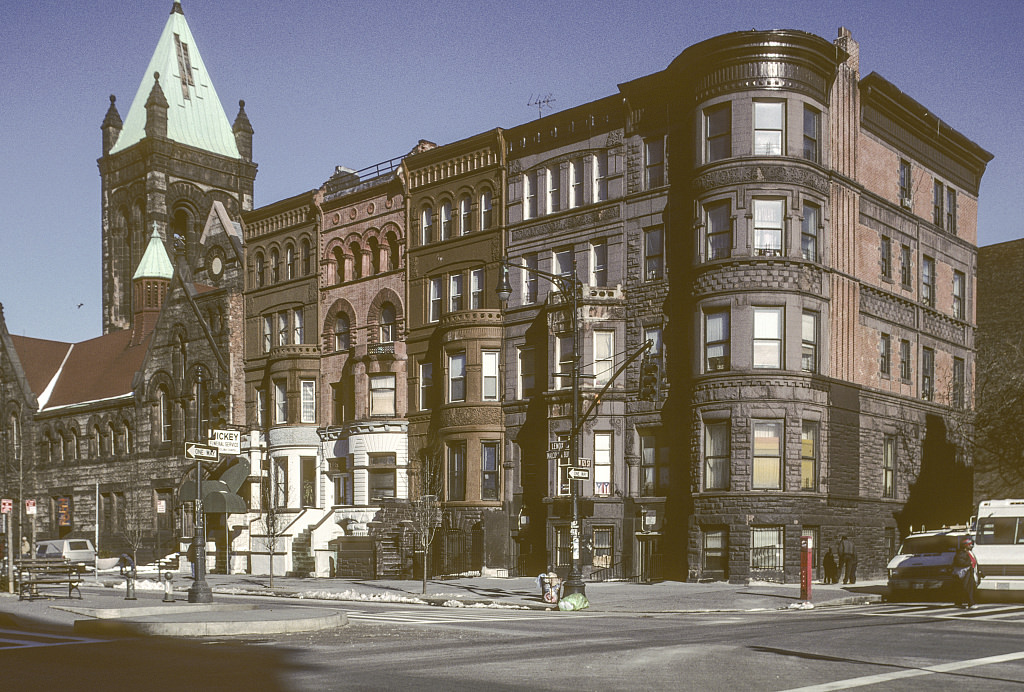
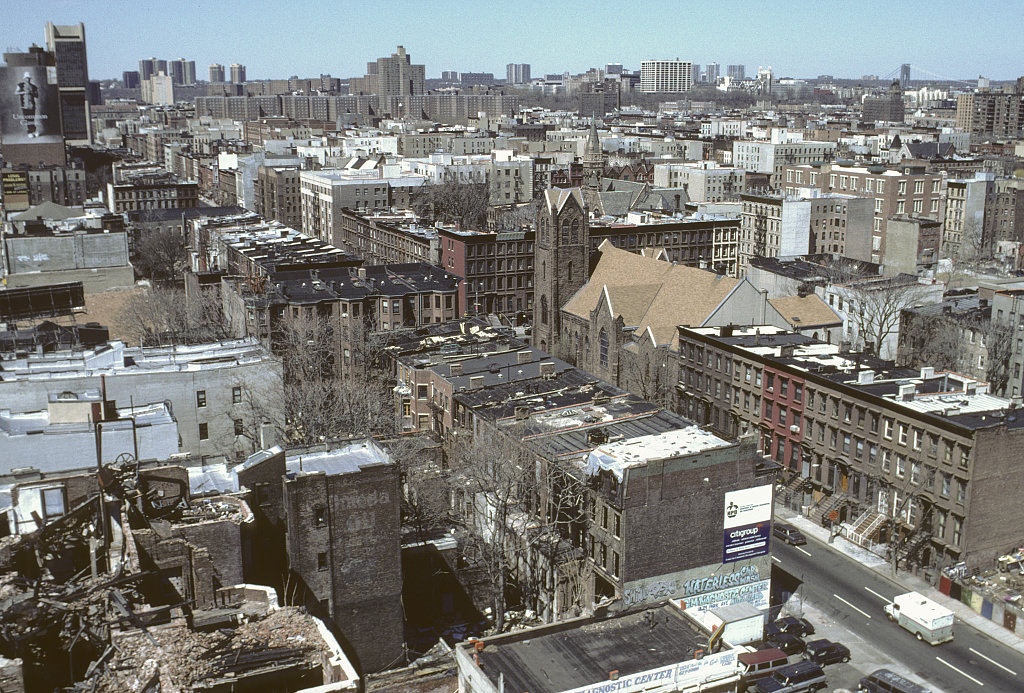
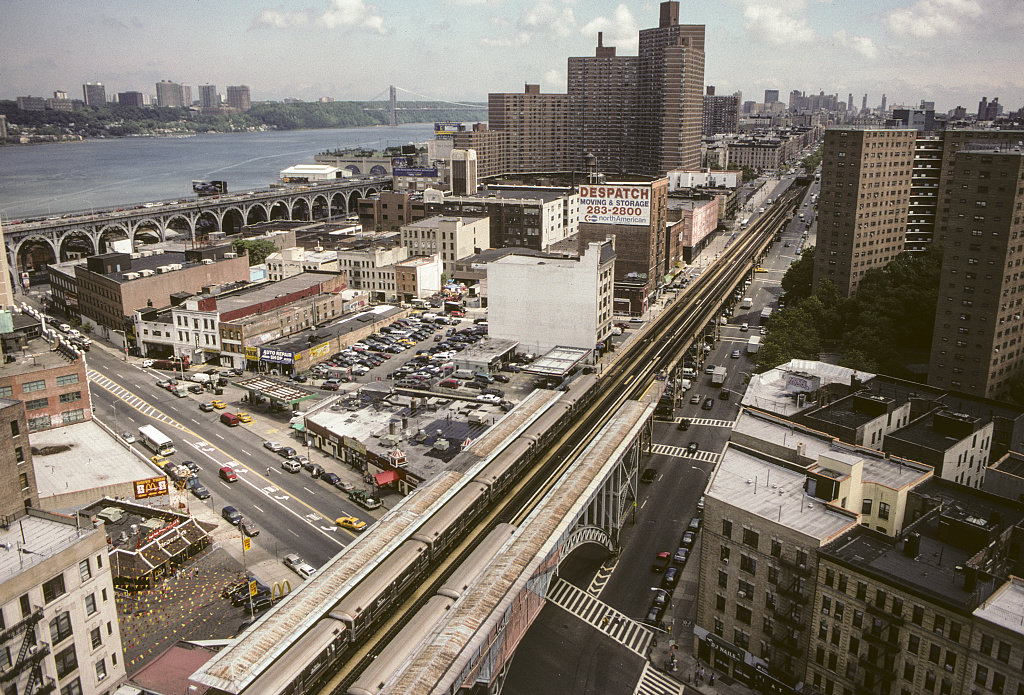

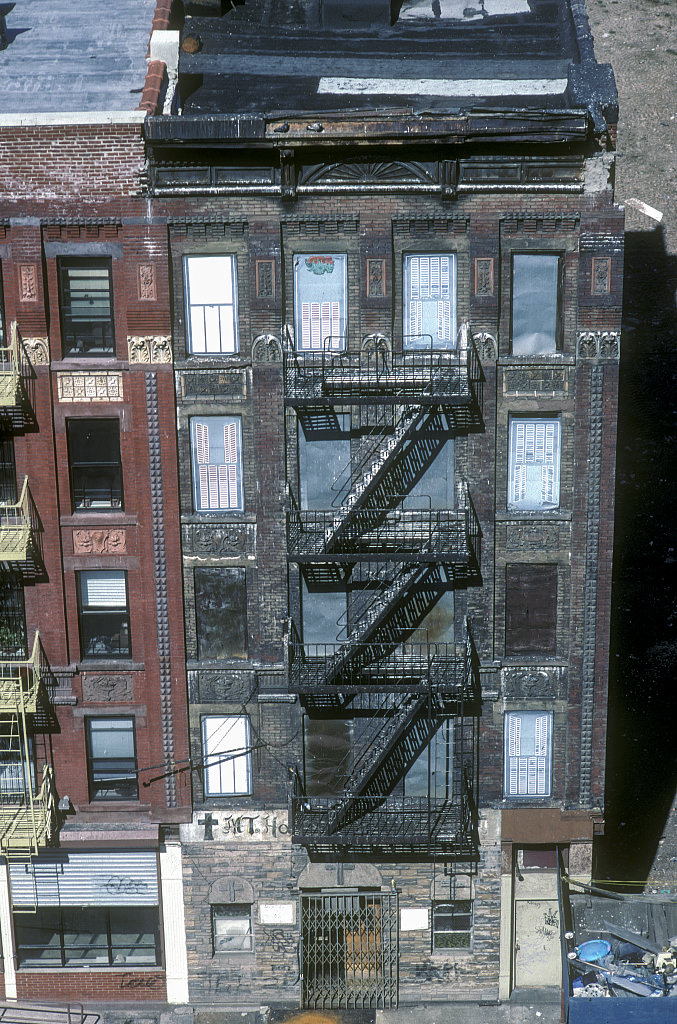
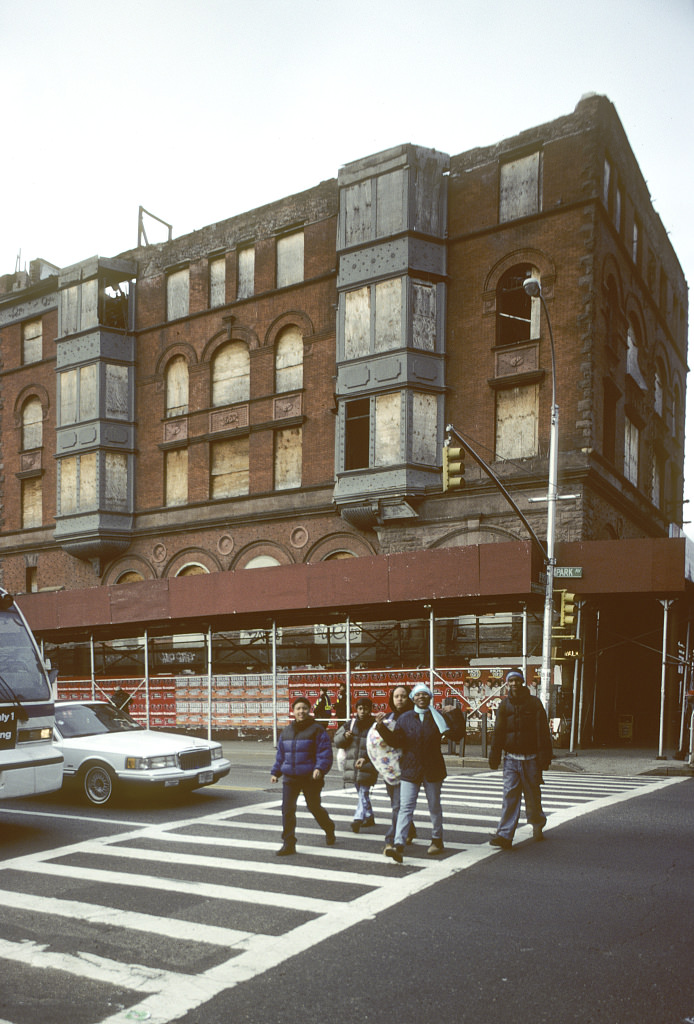
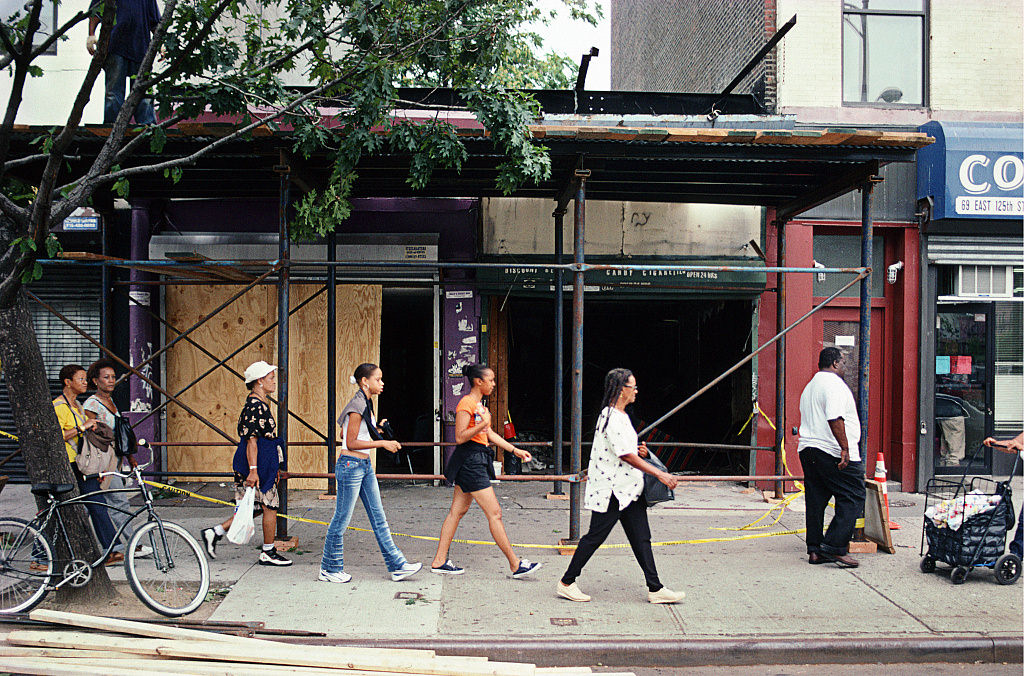


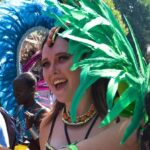
GIPHY App Key not set. Please check settings